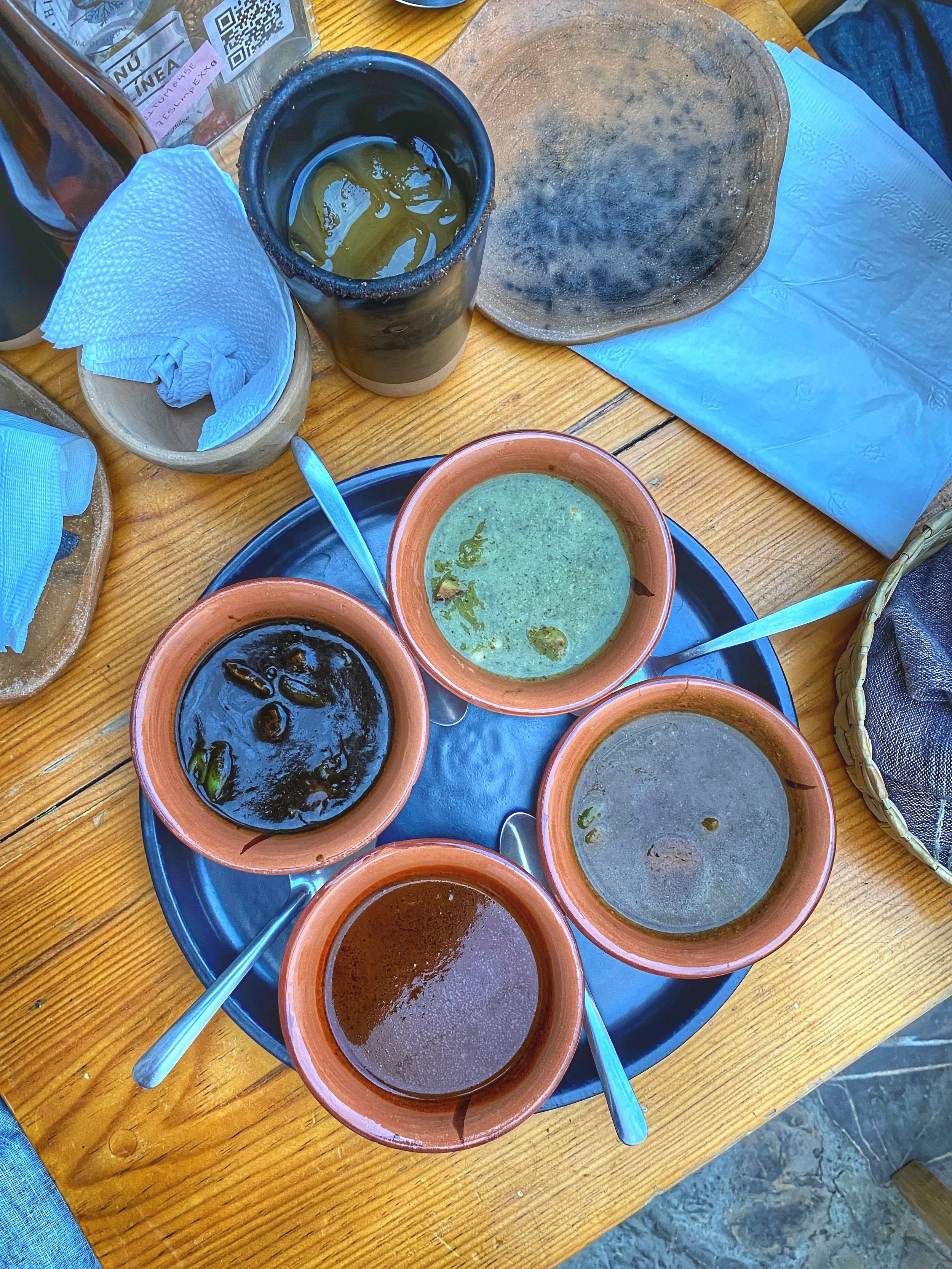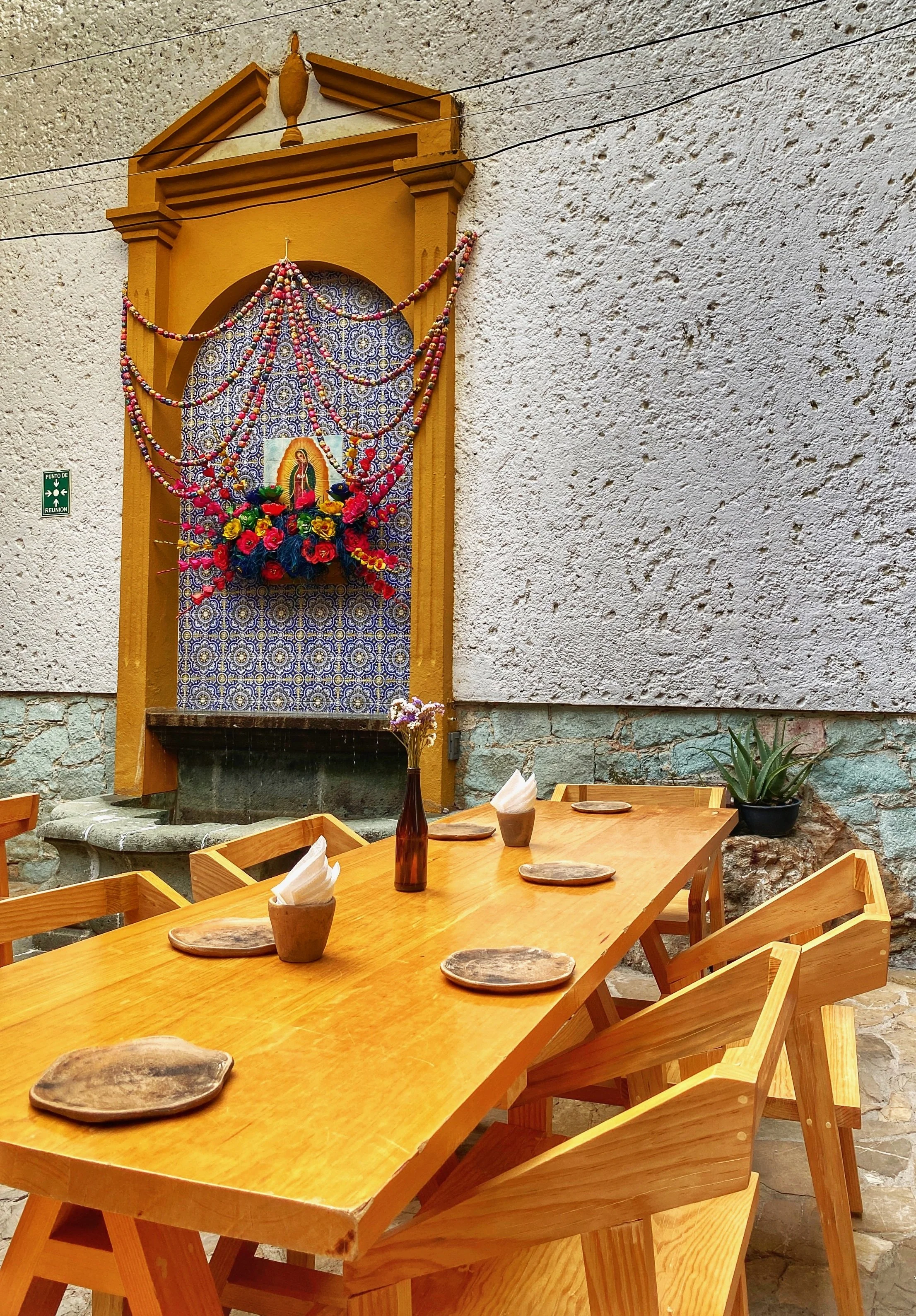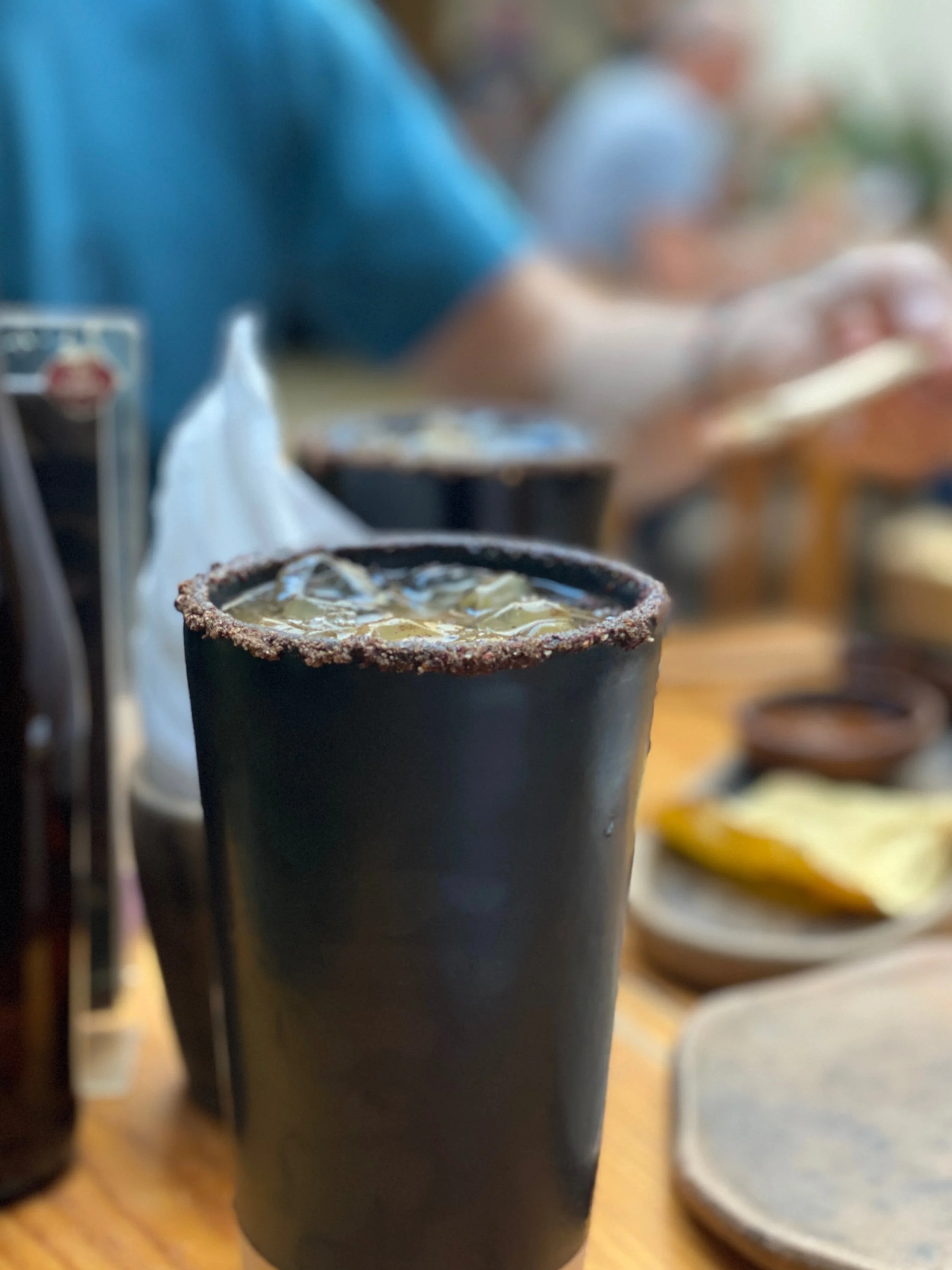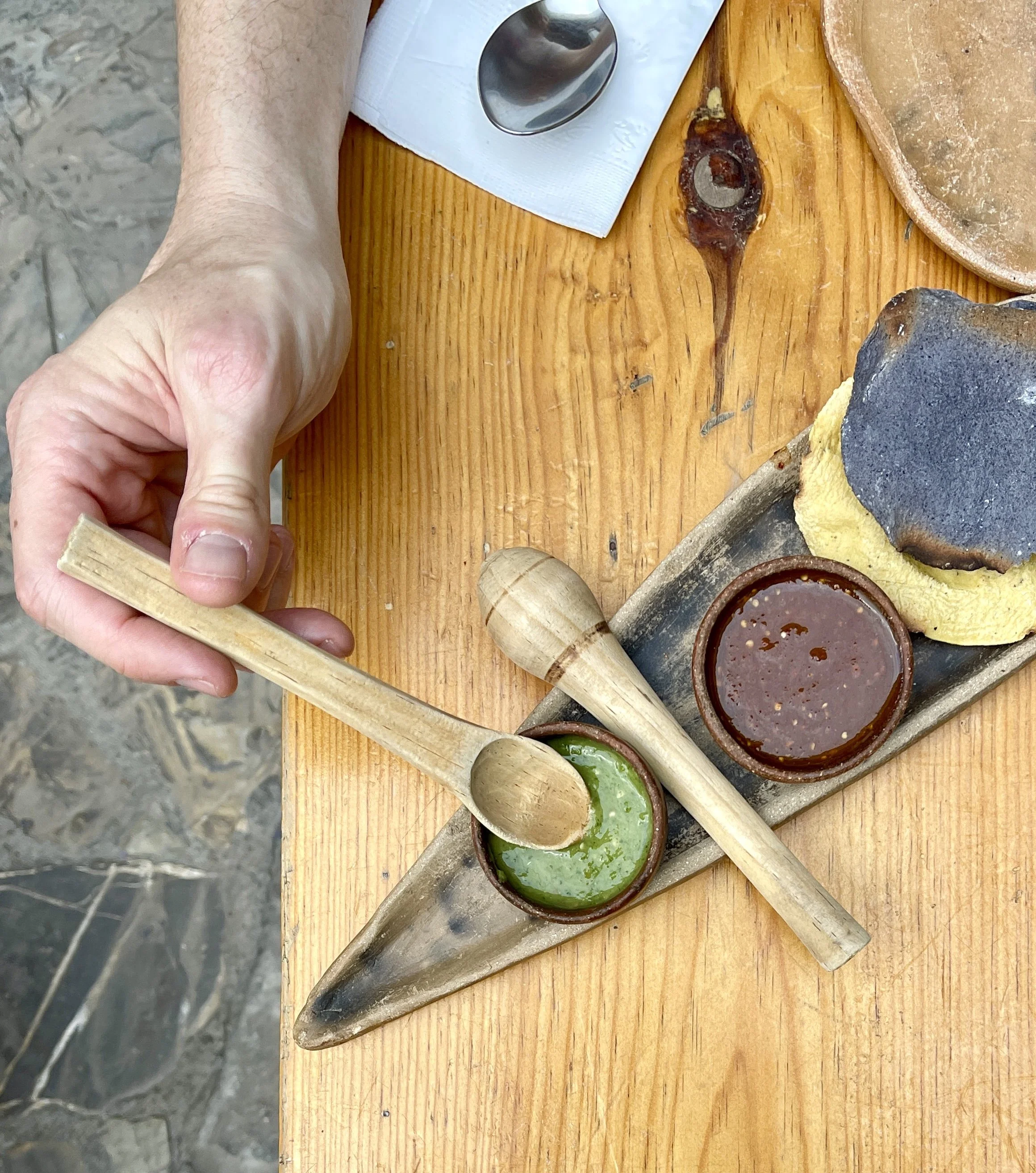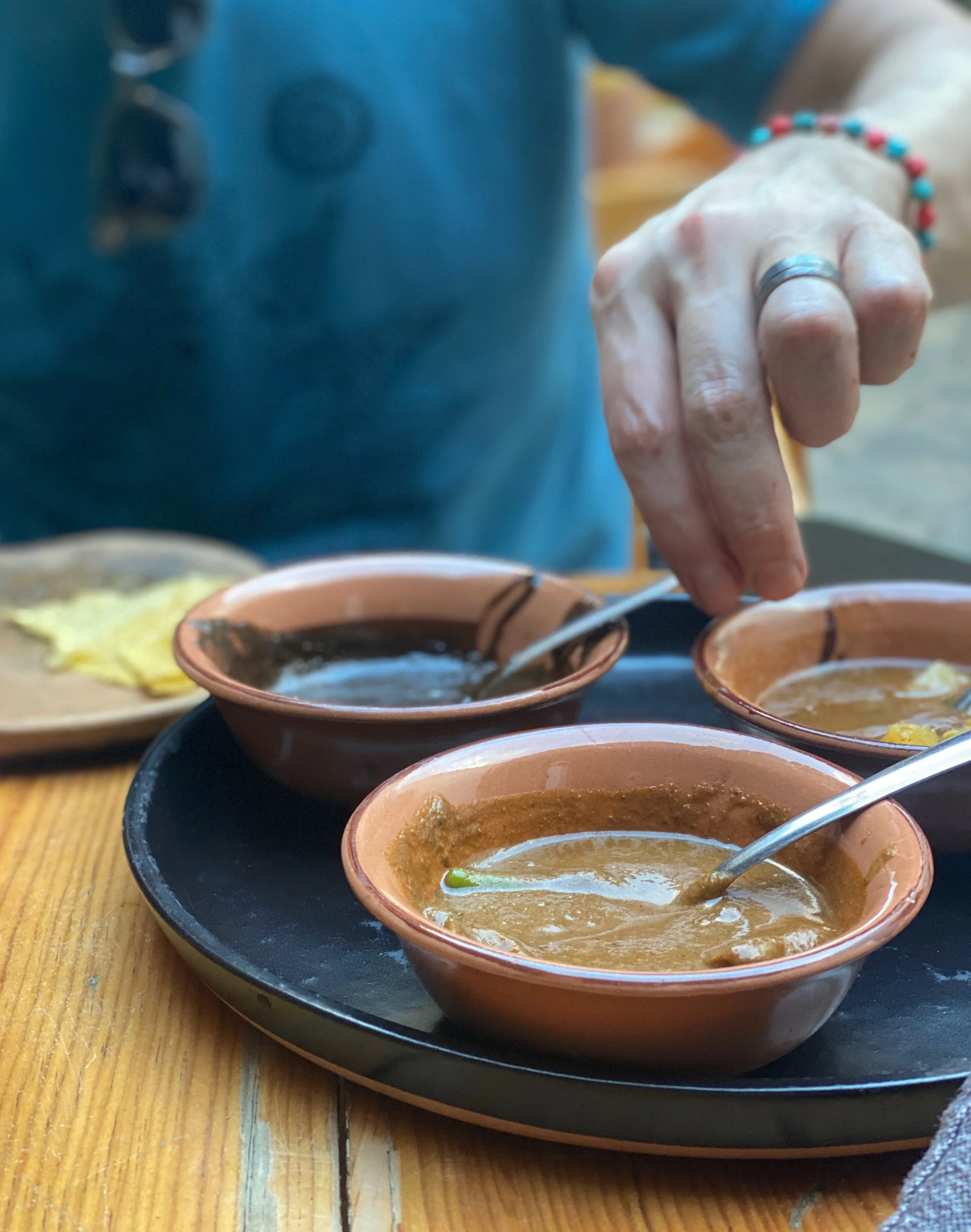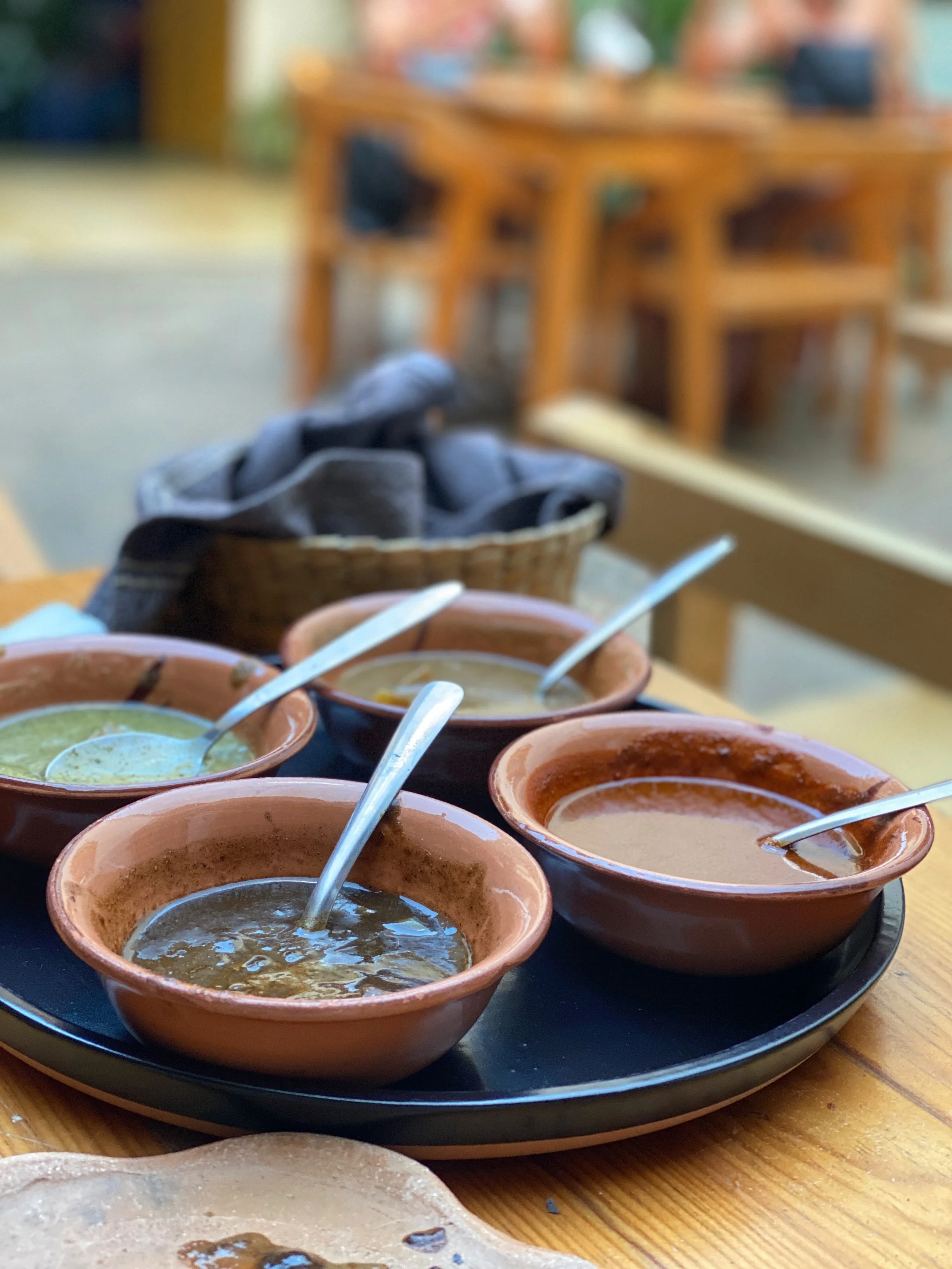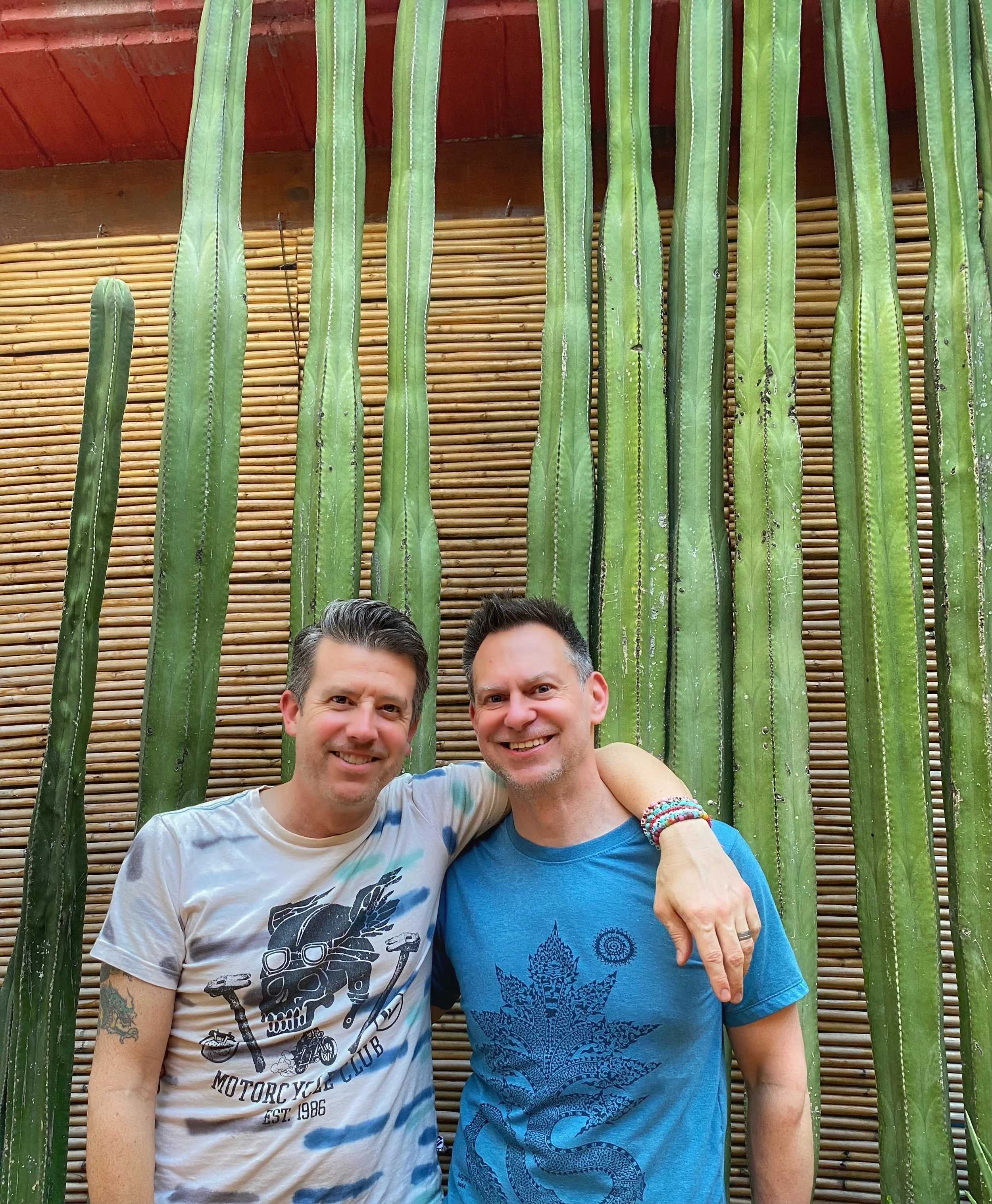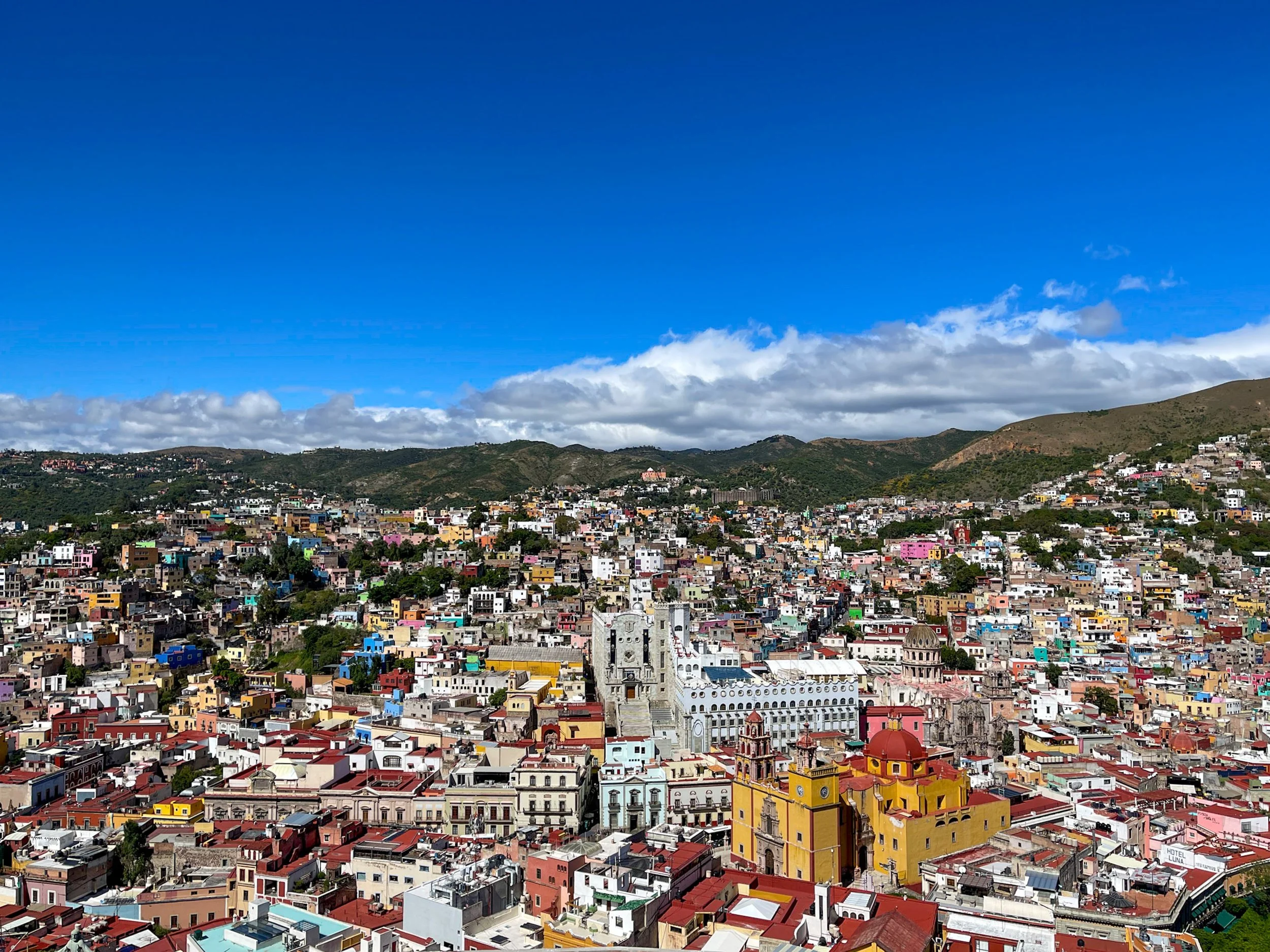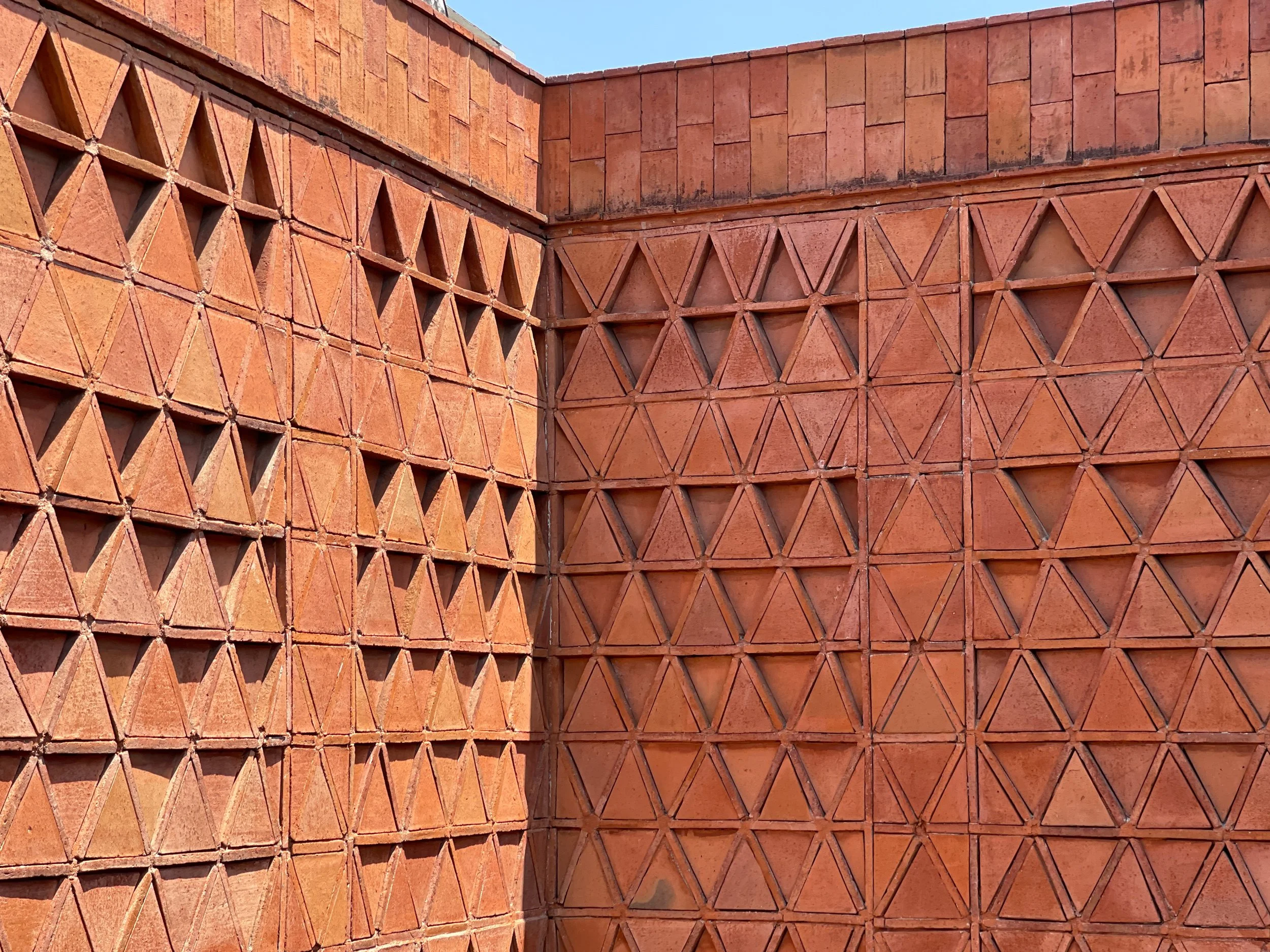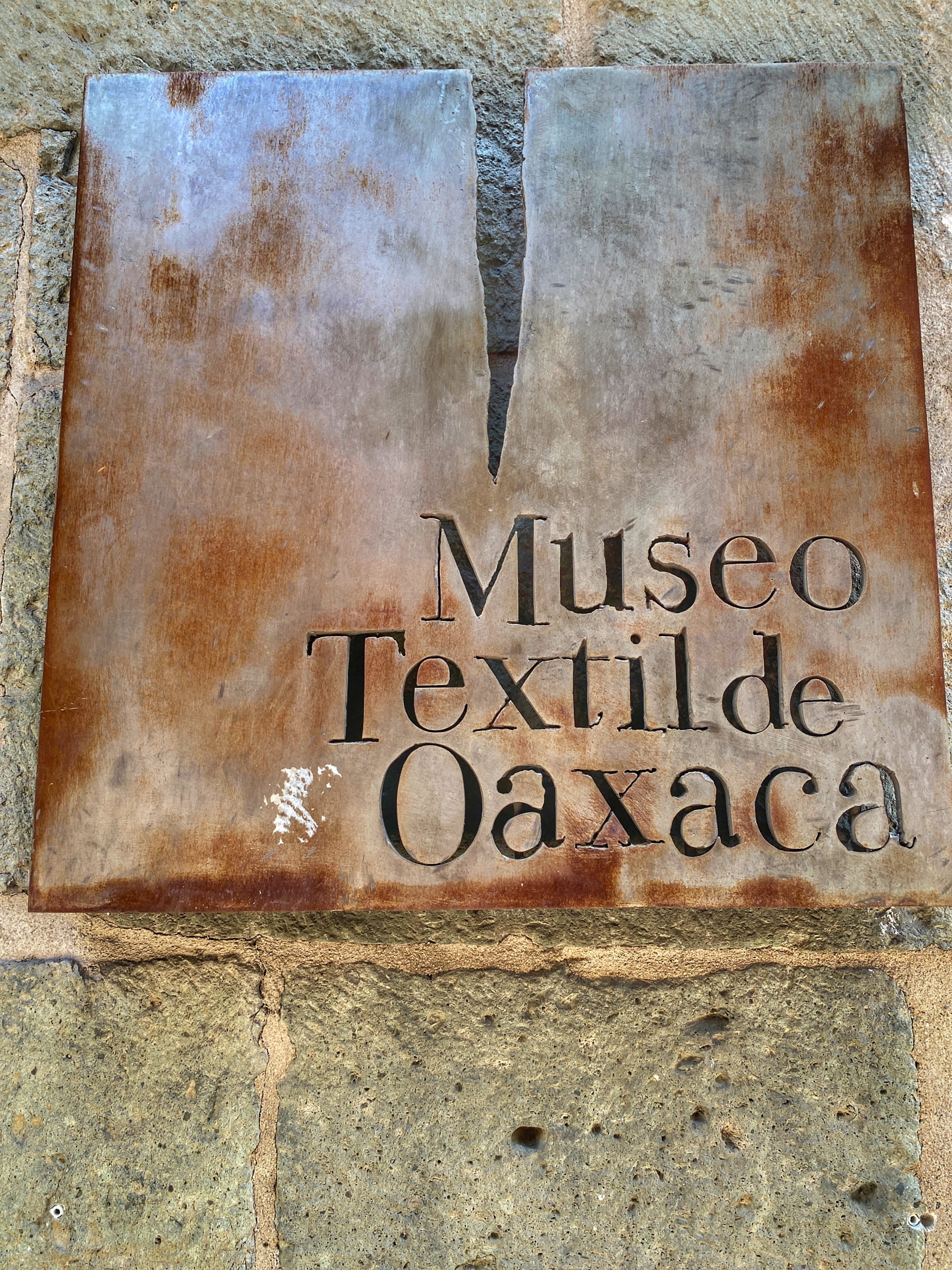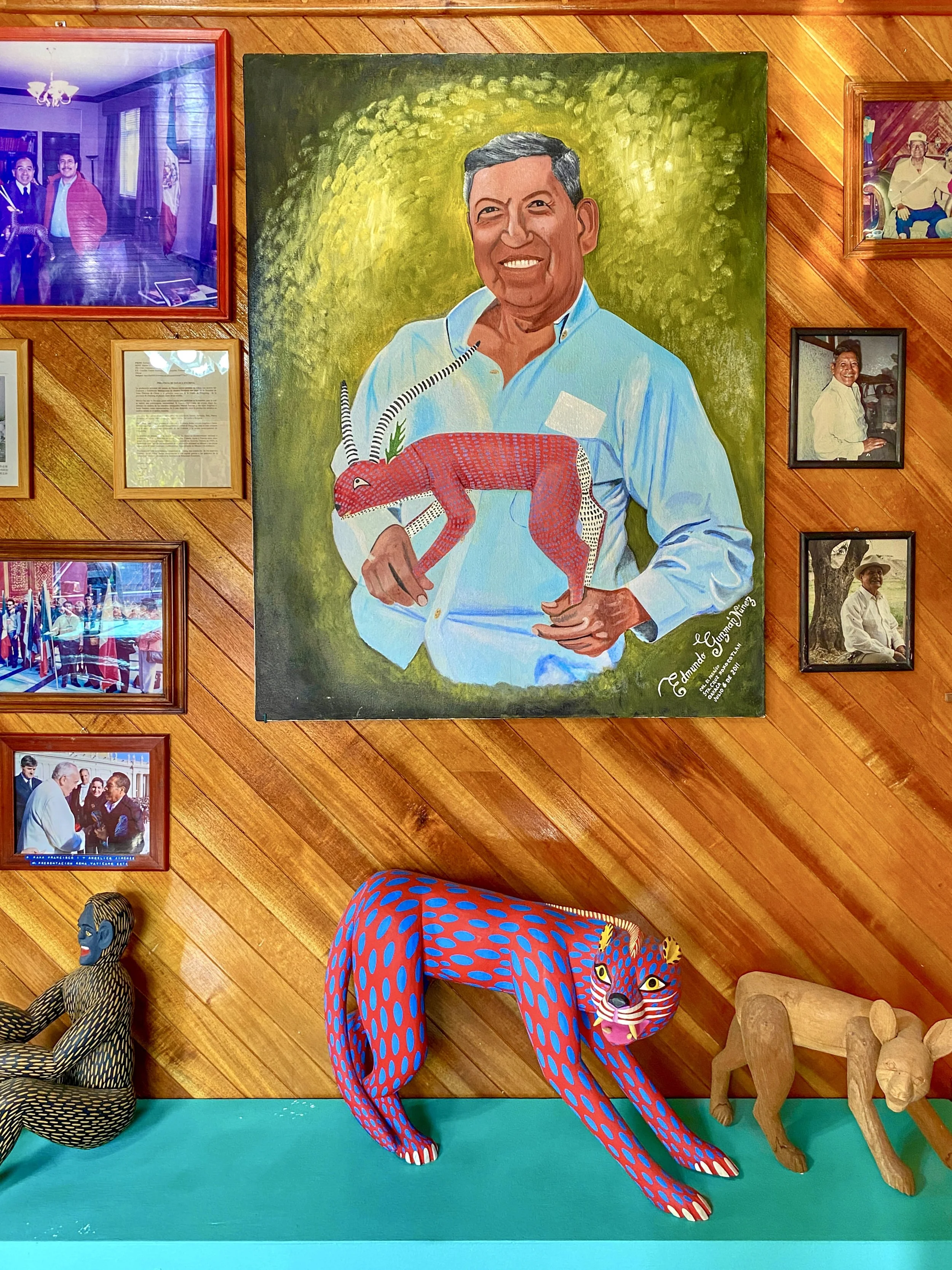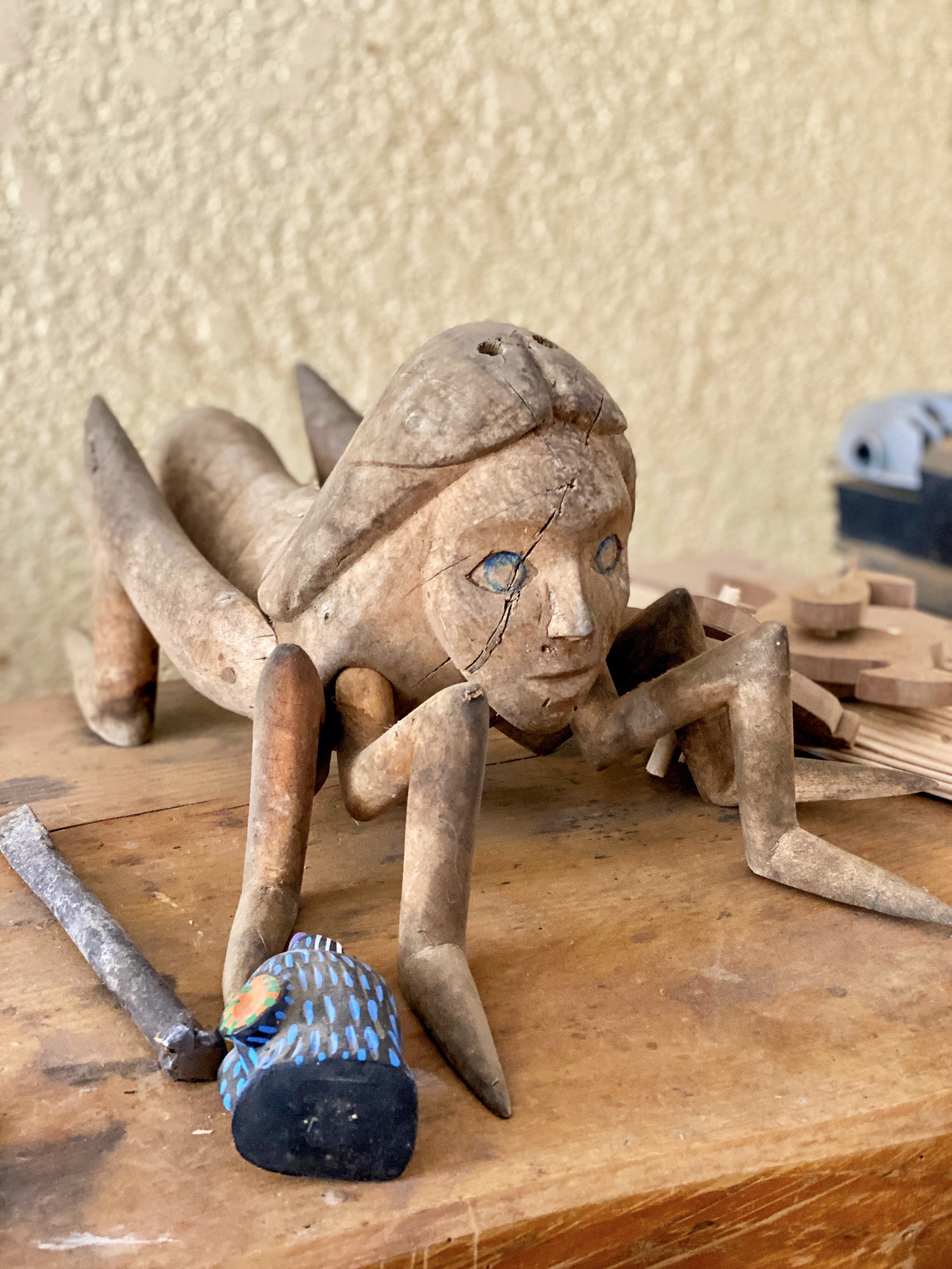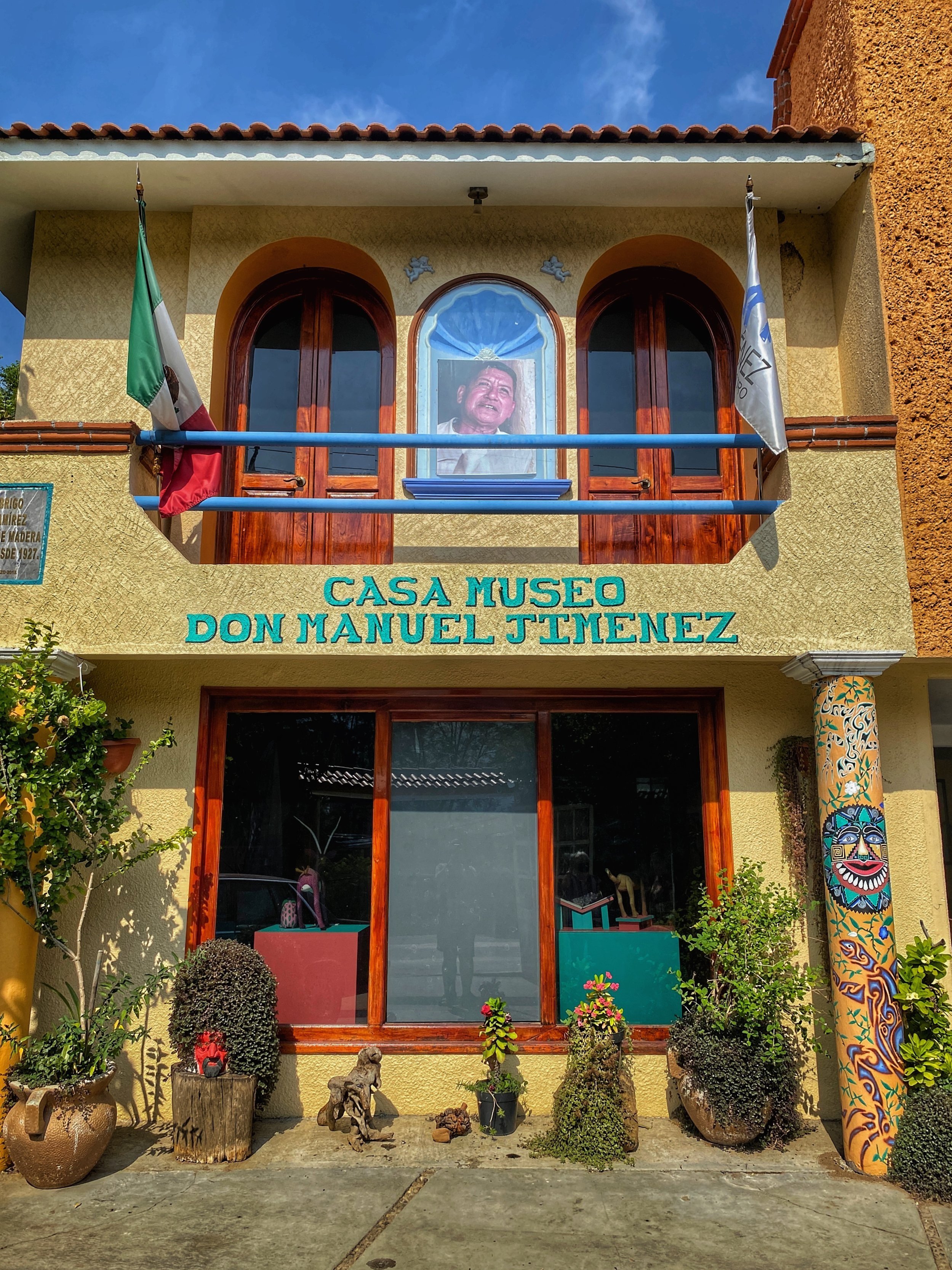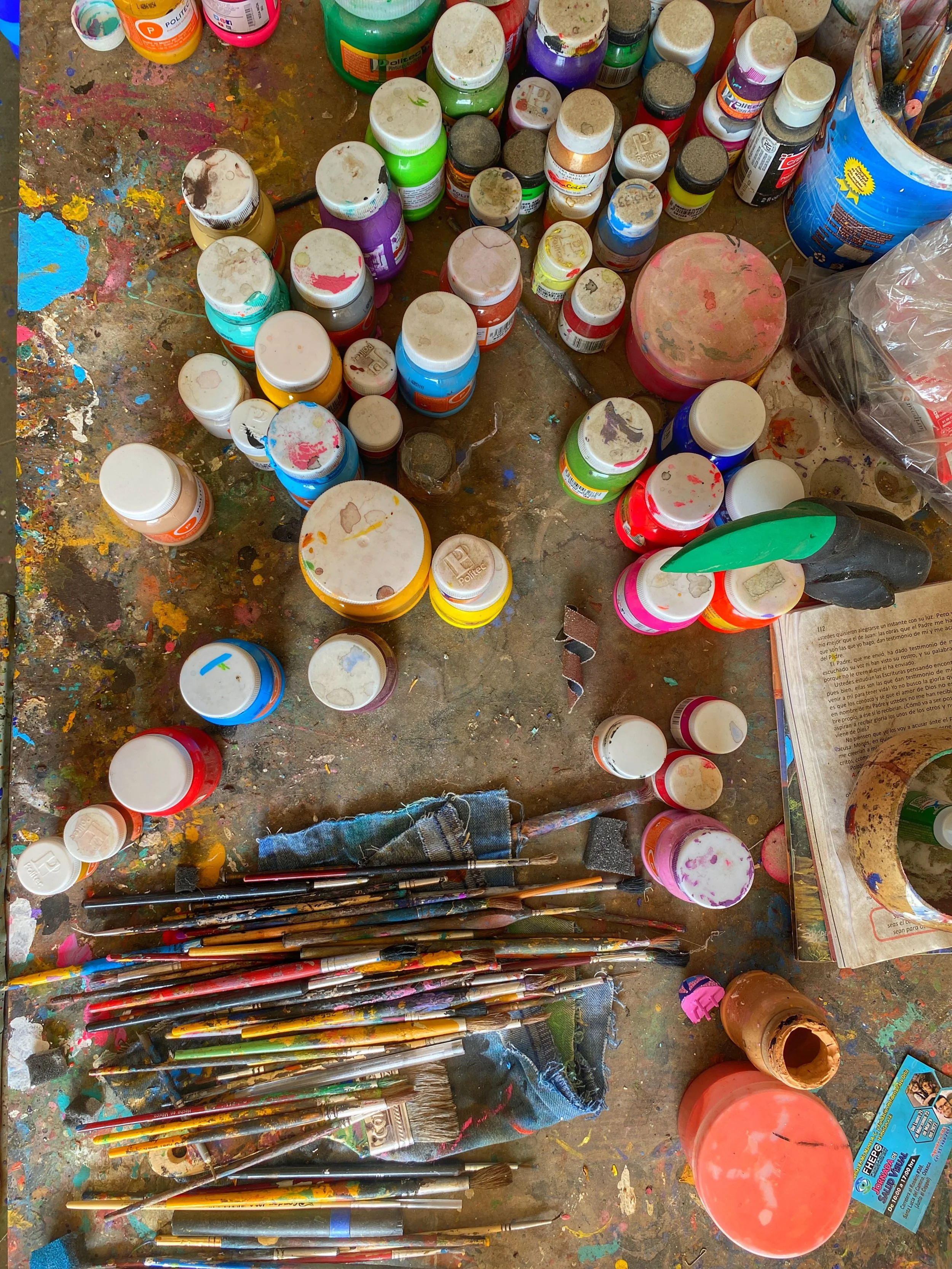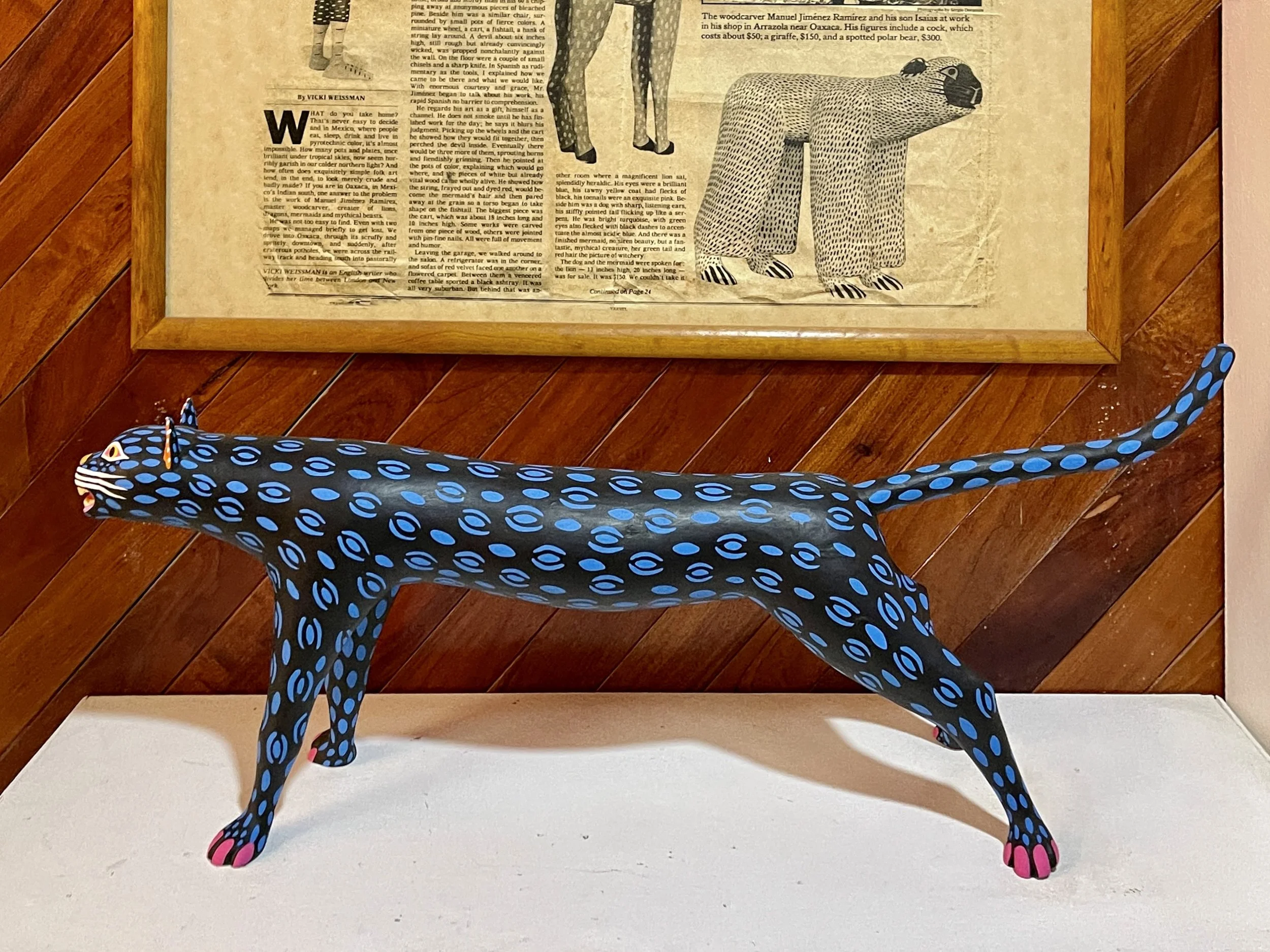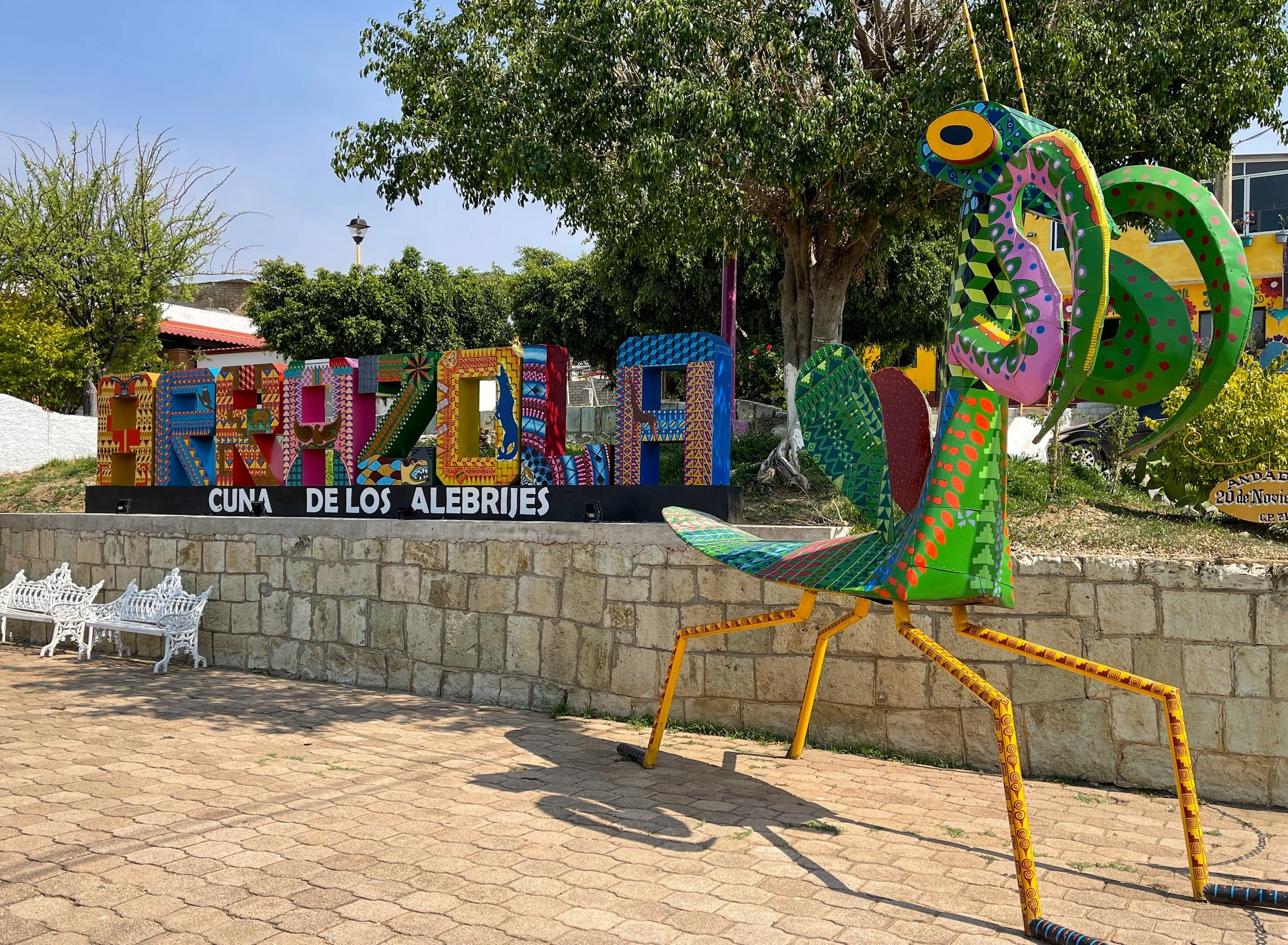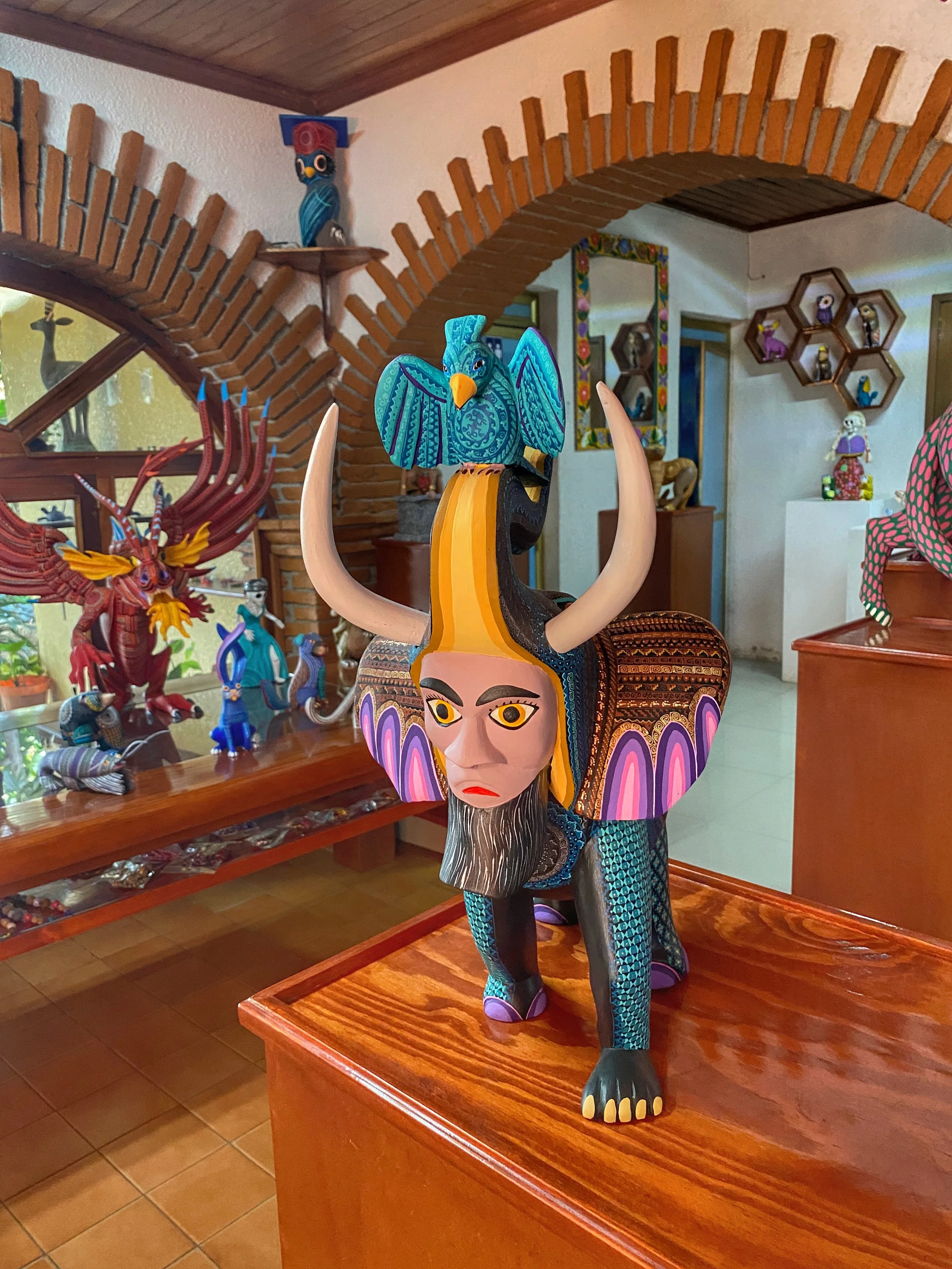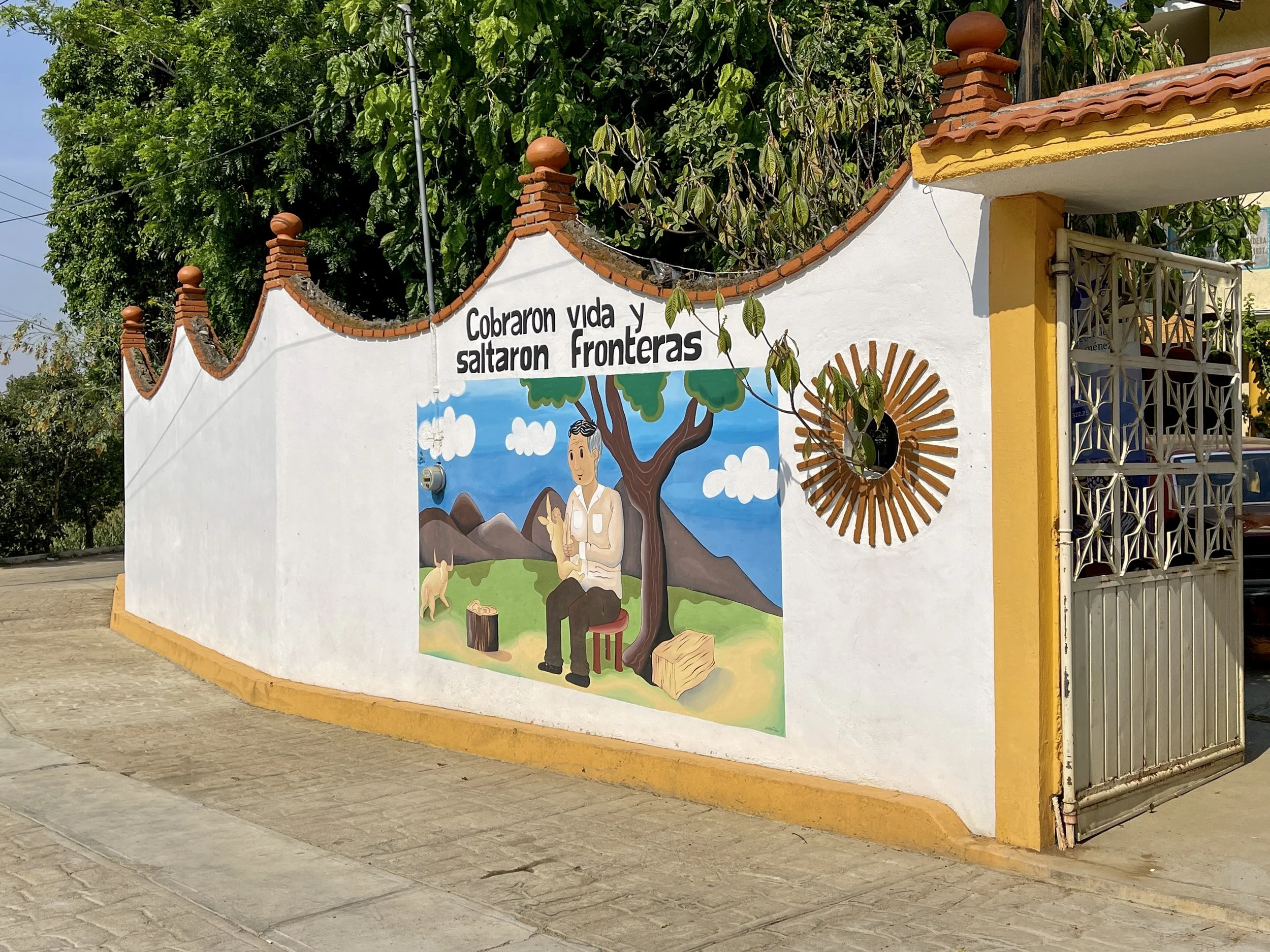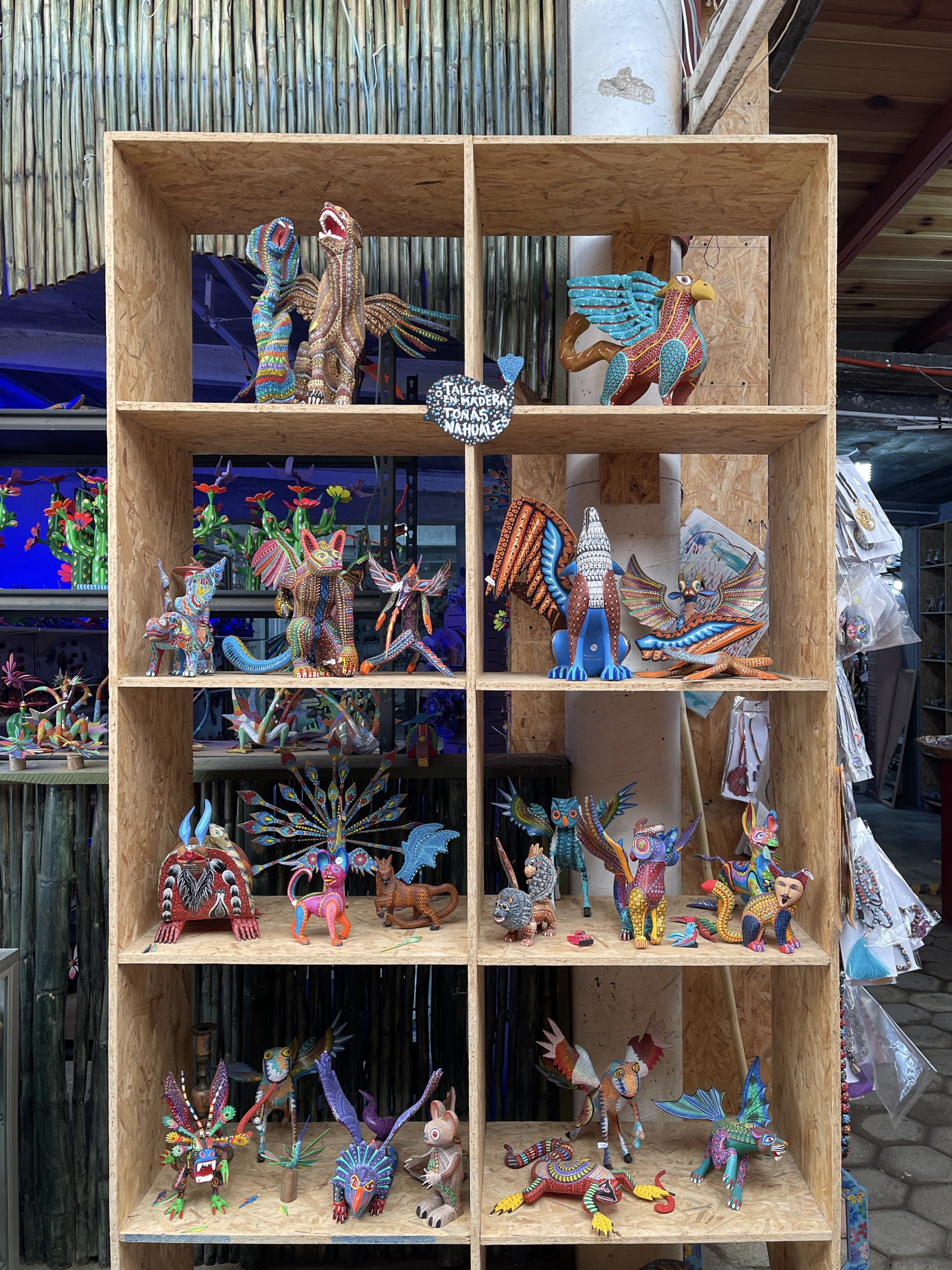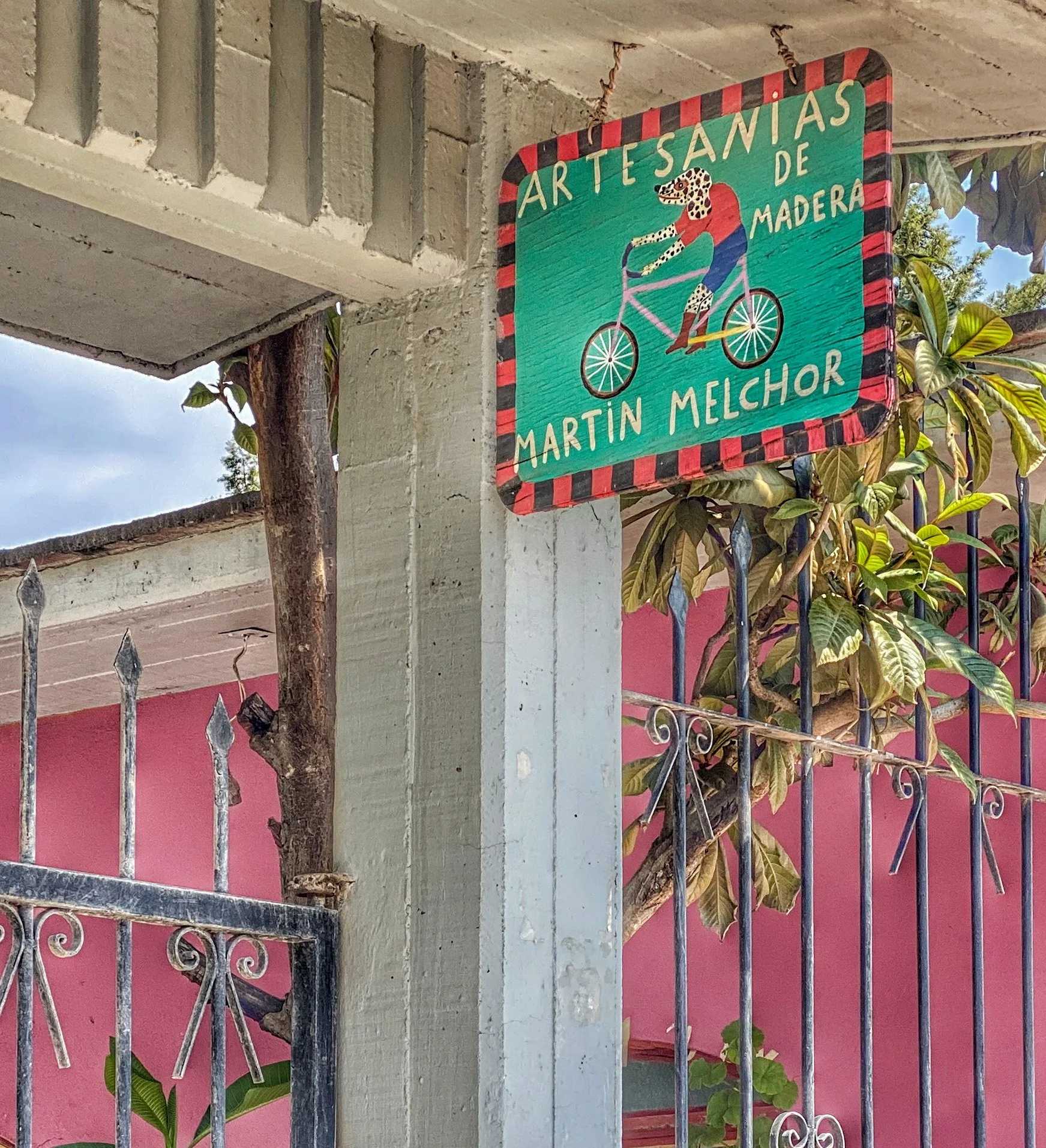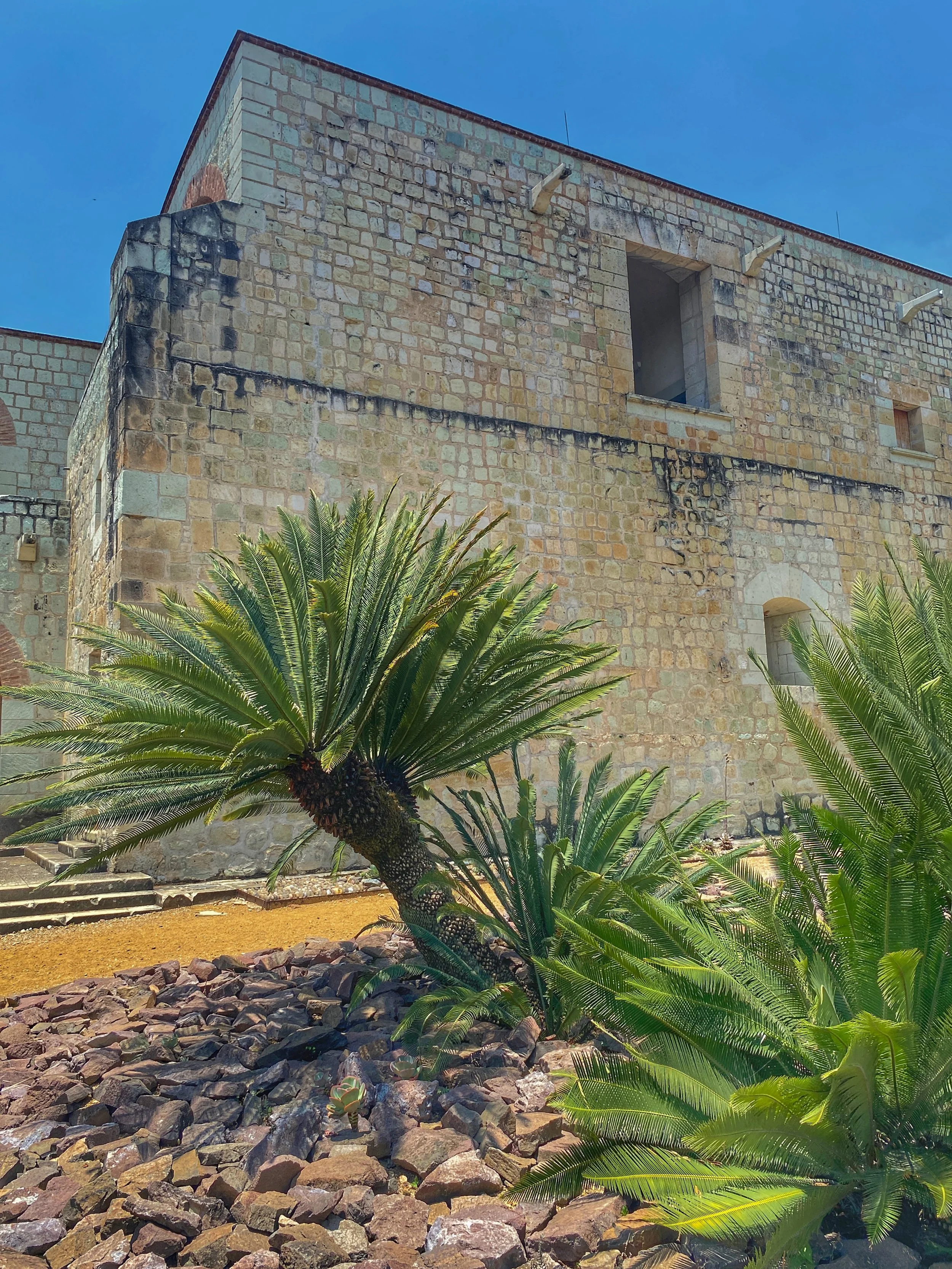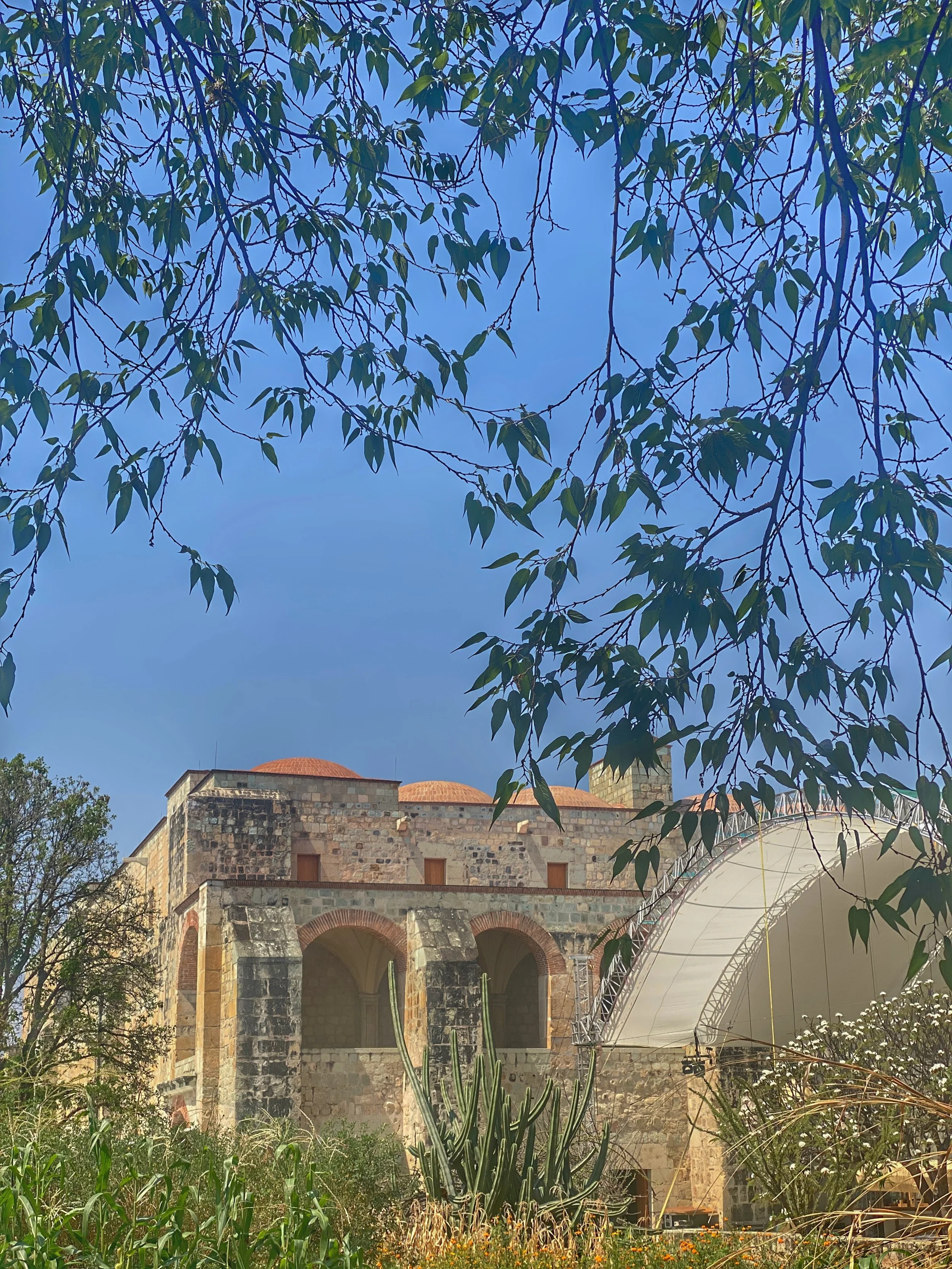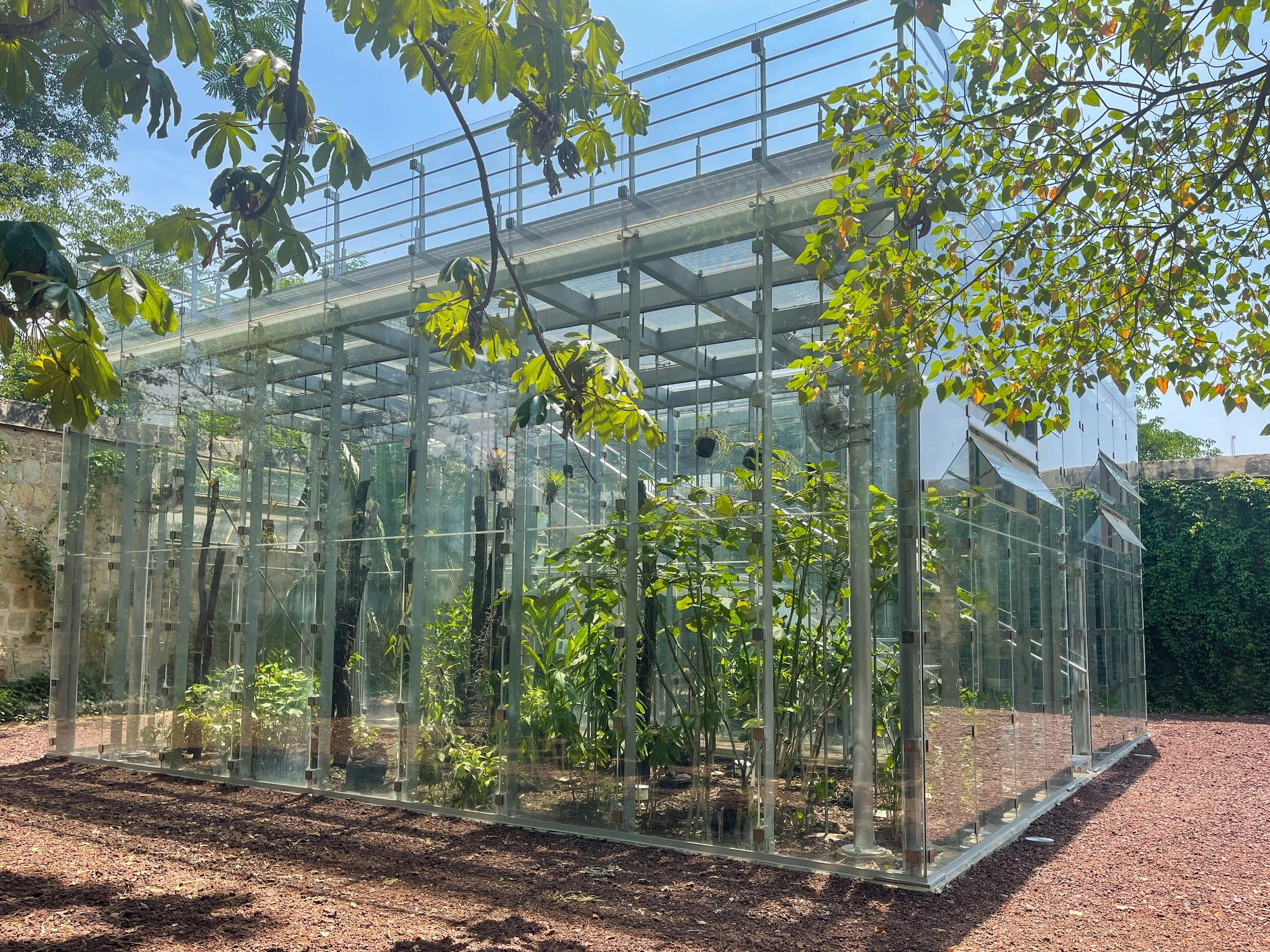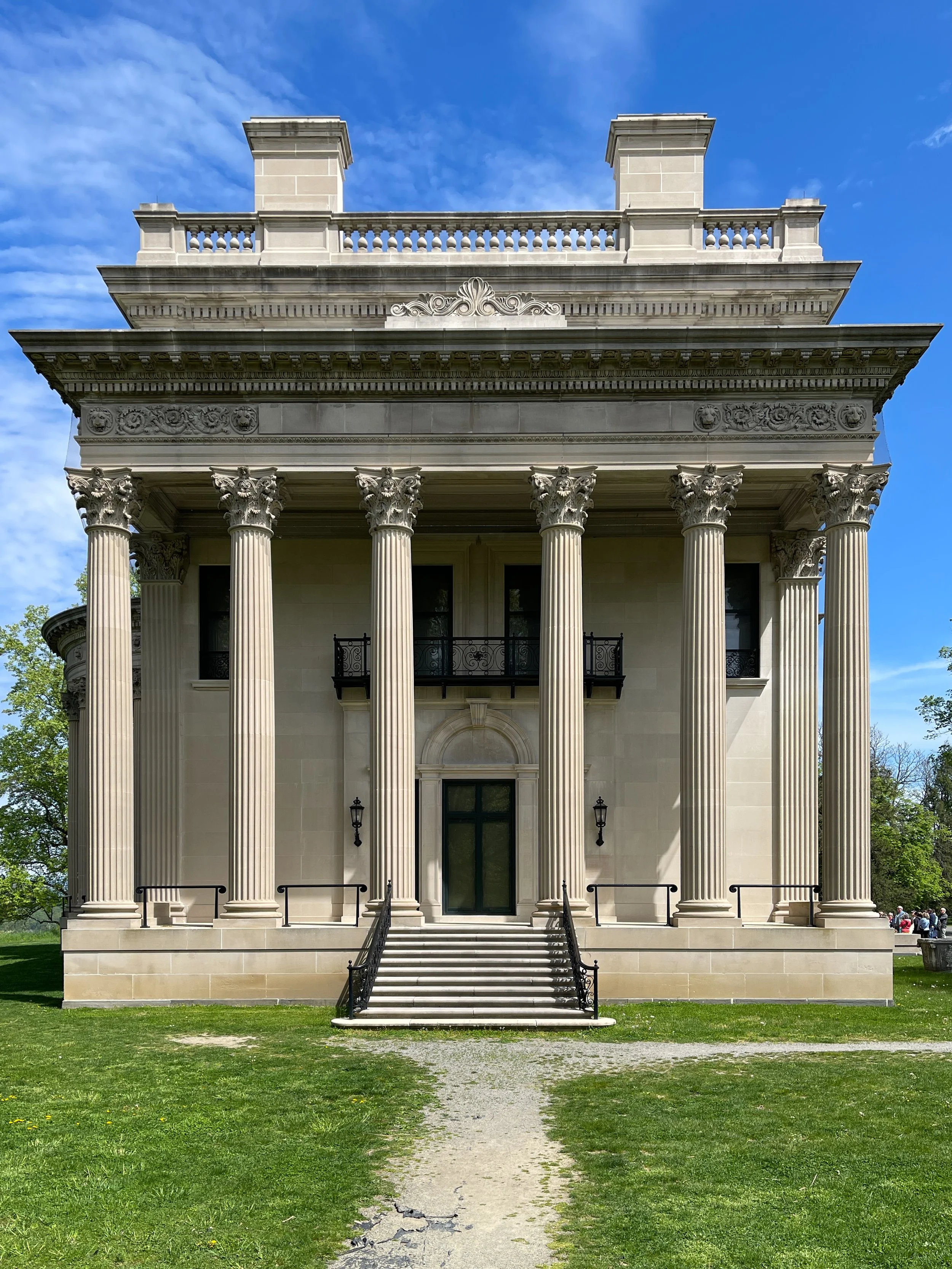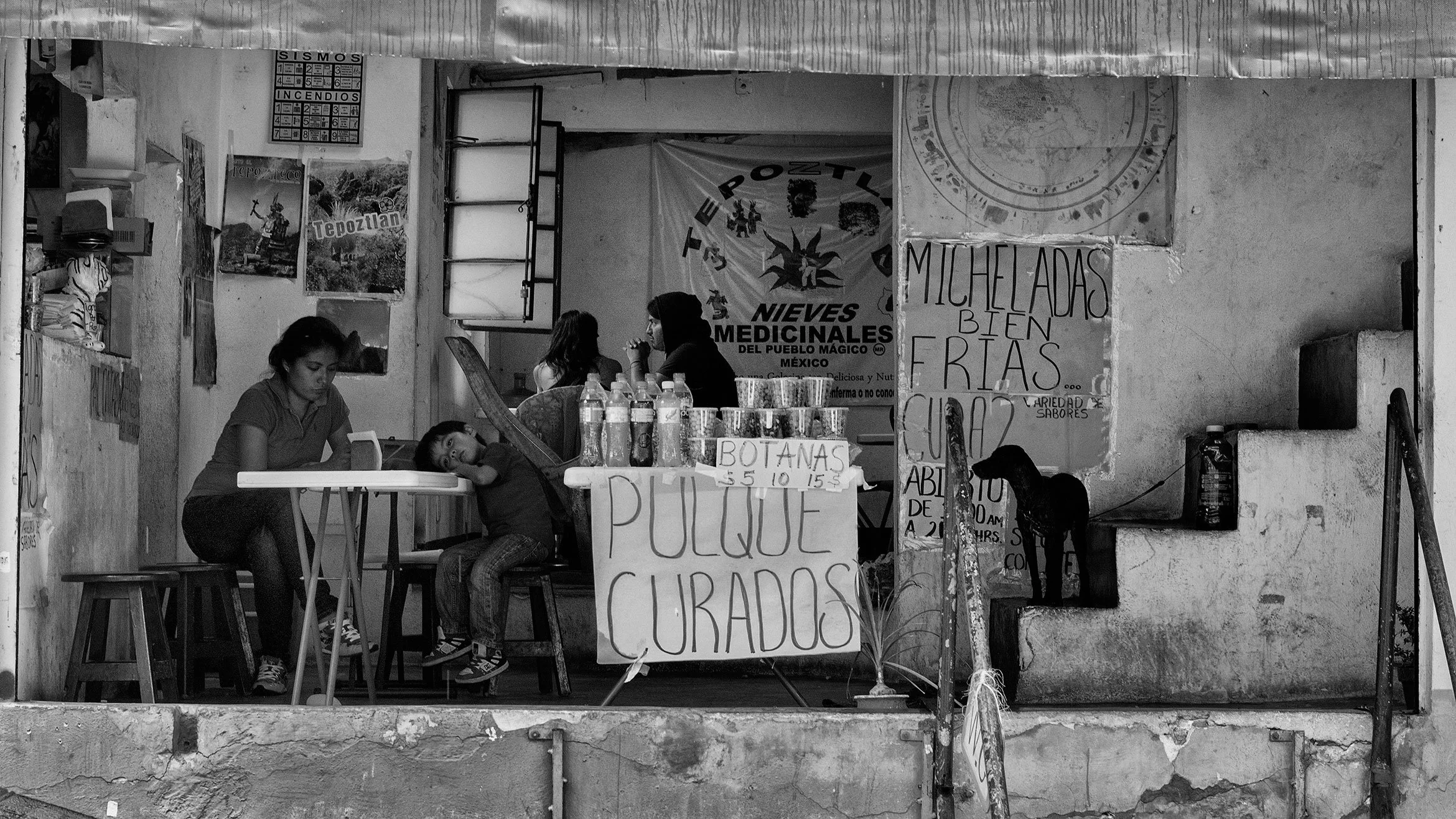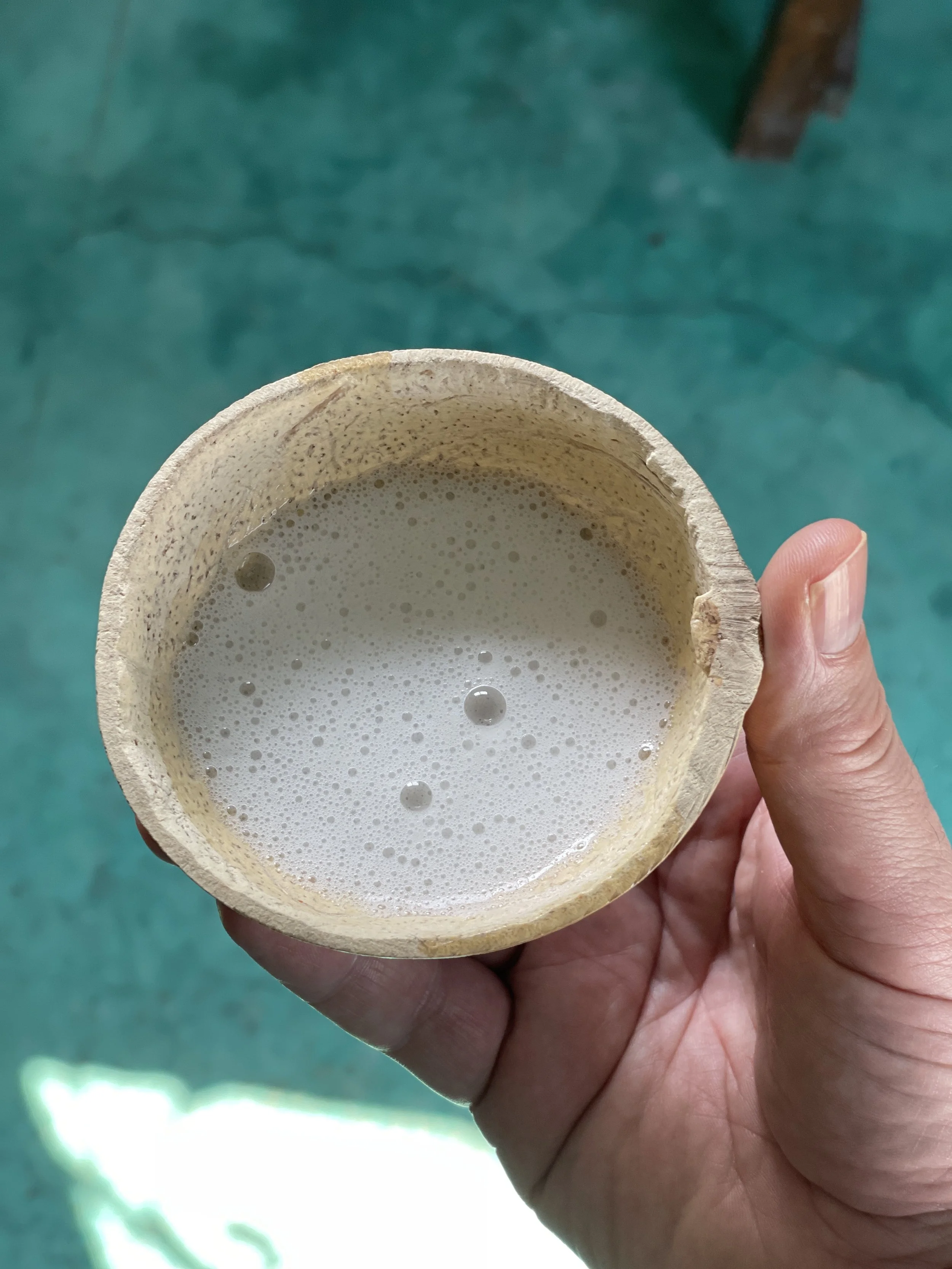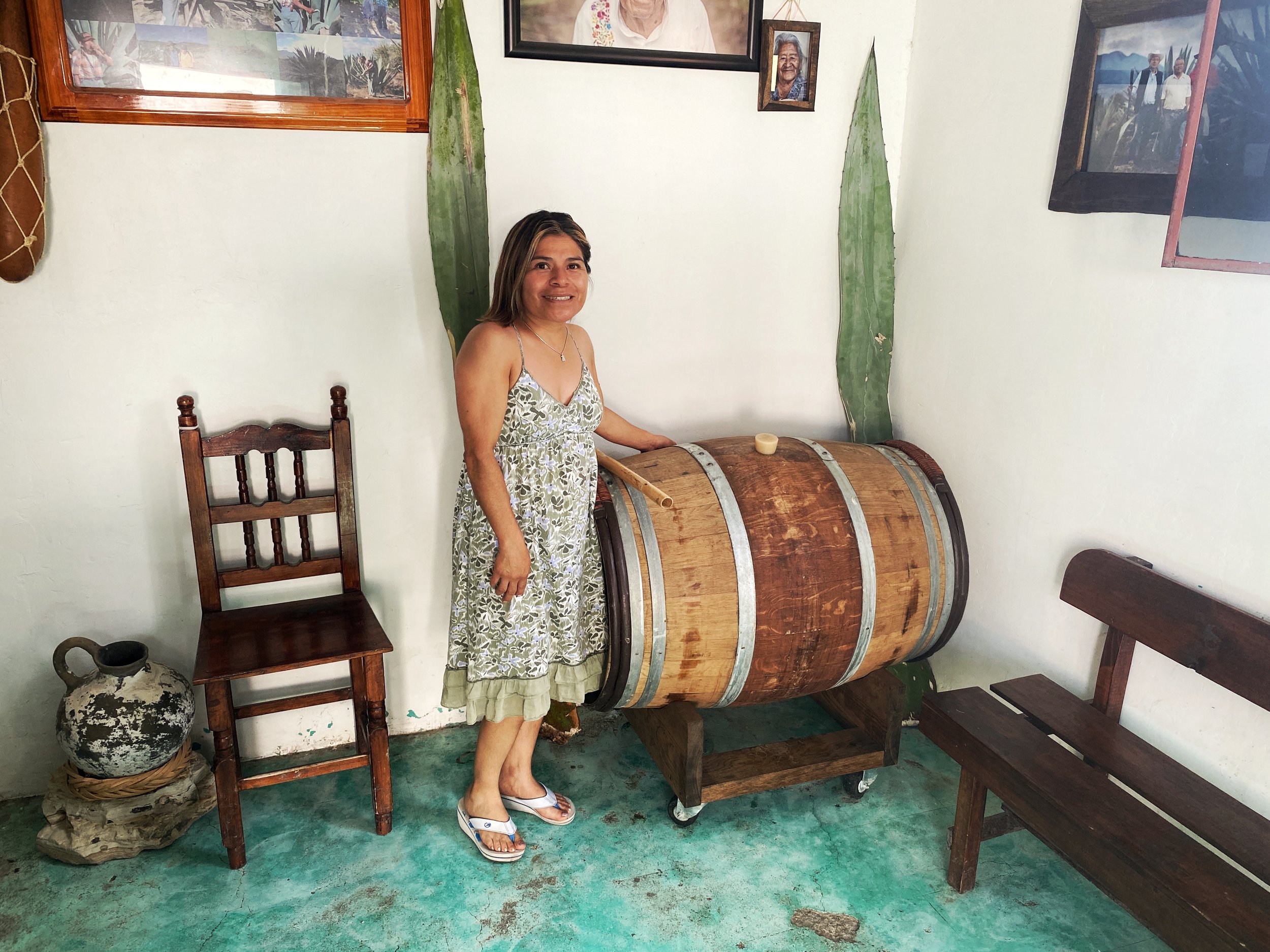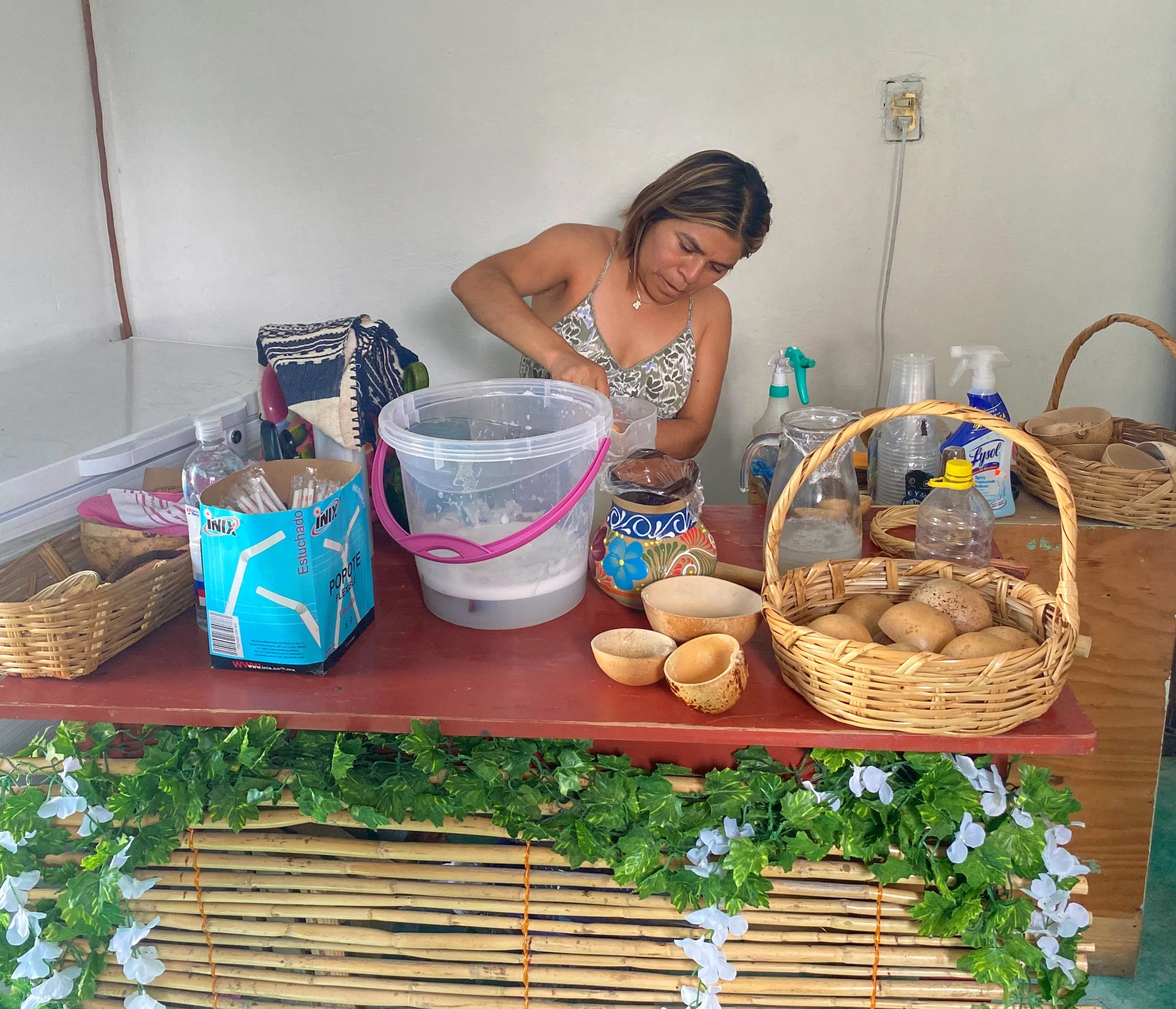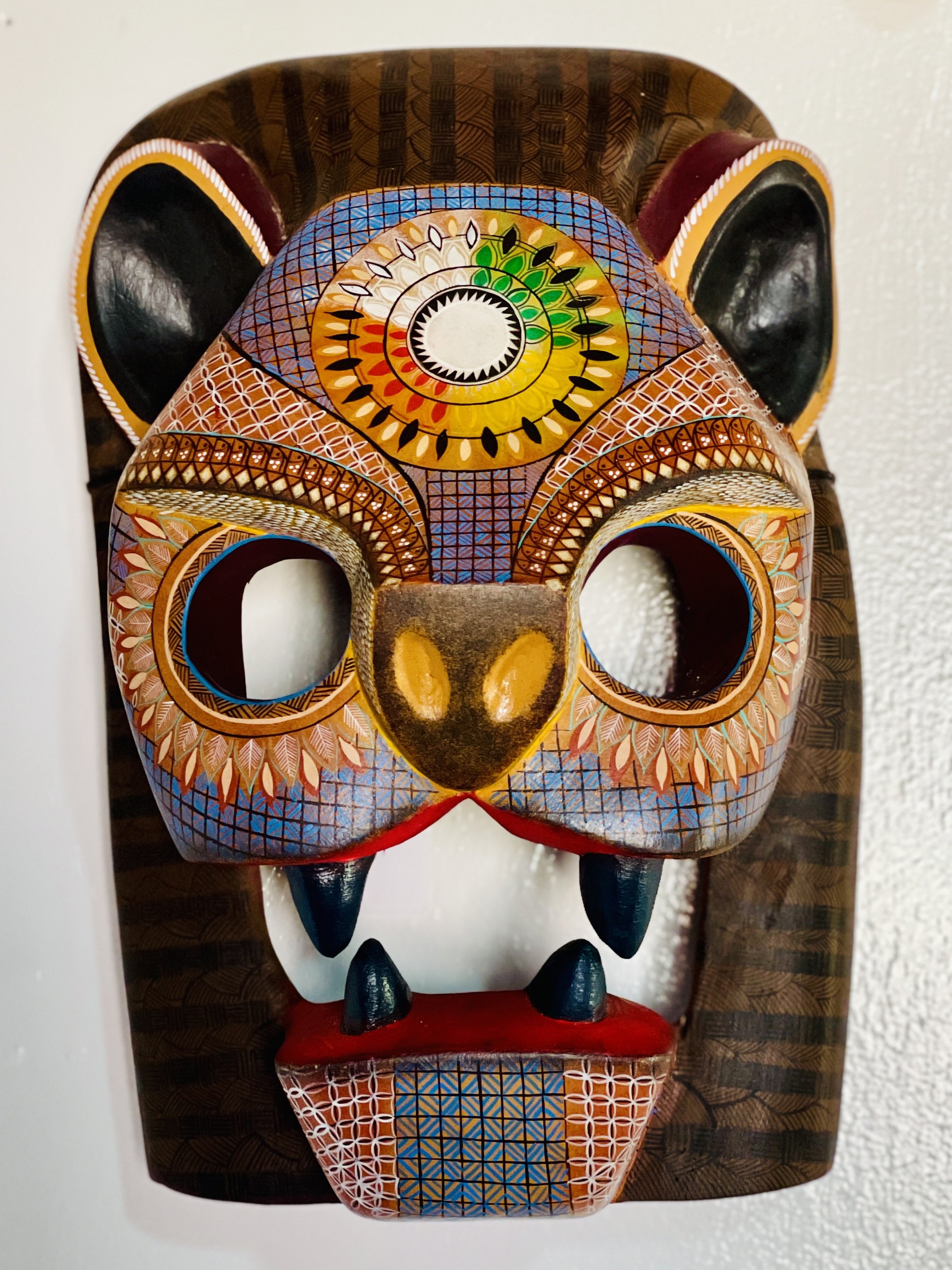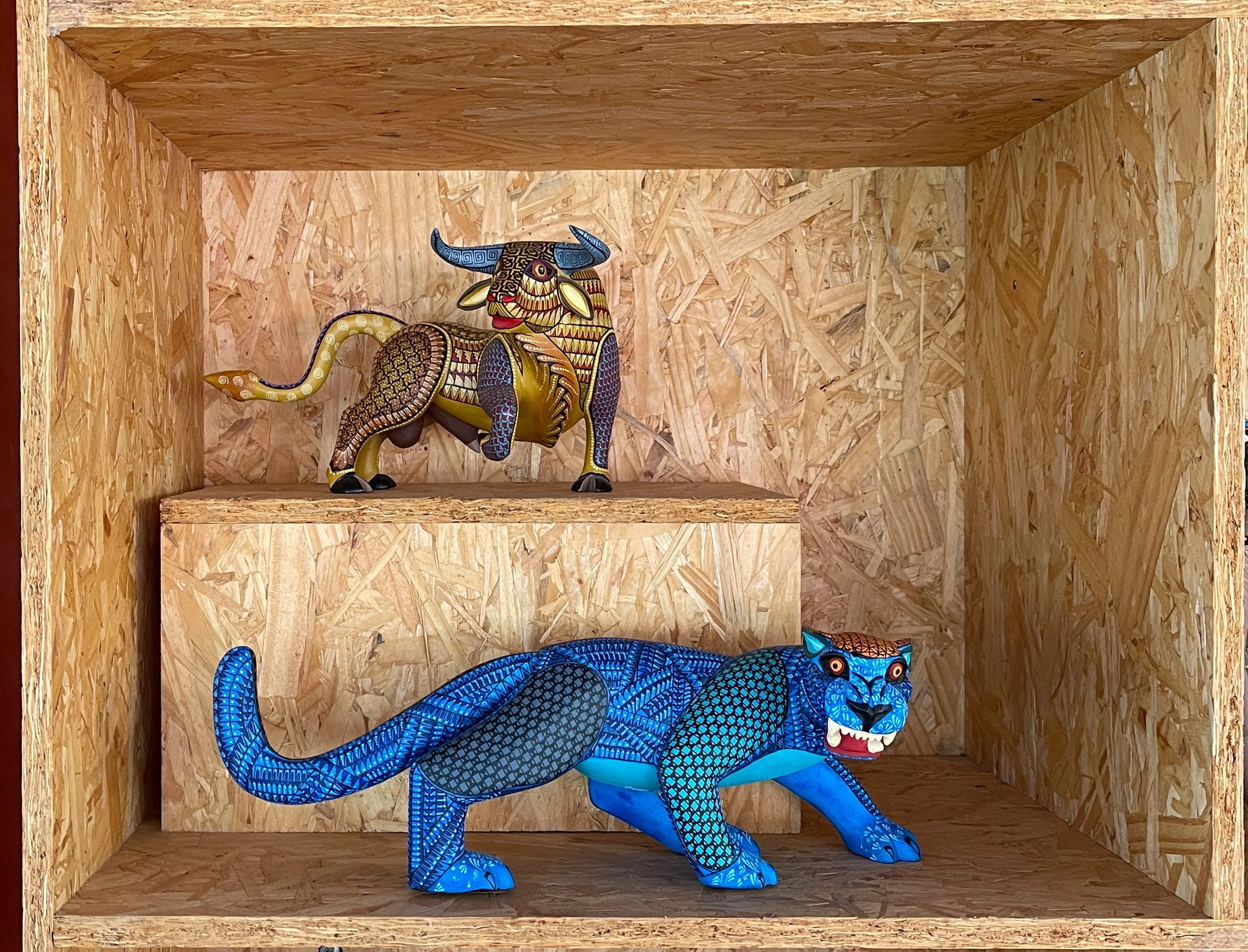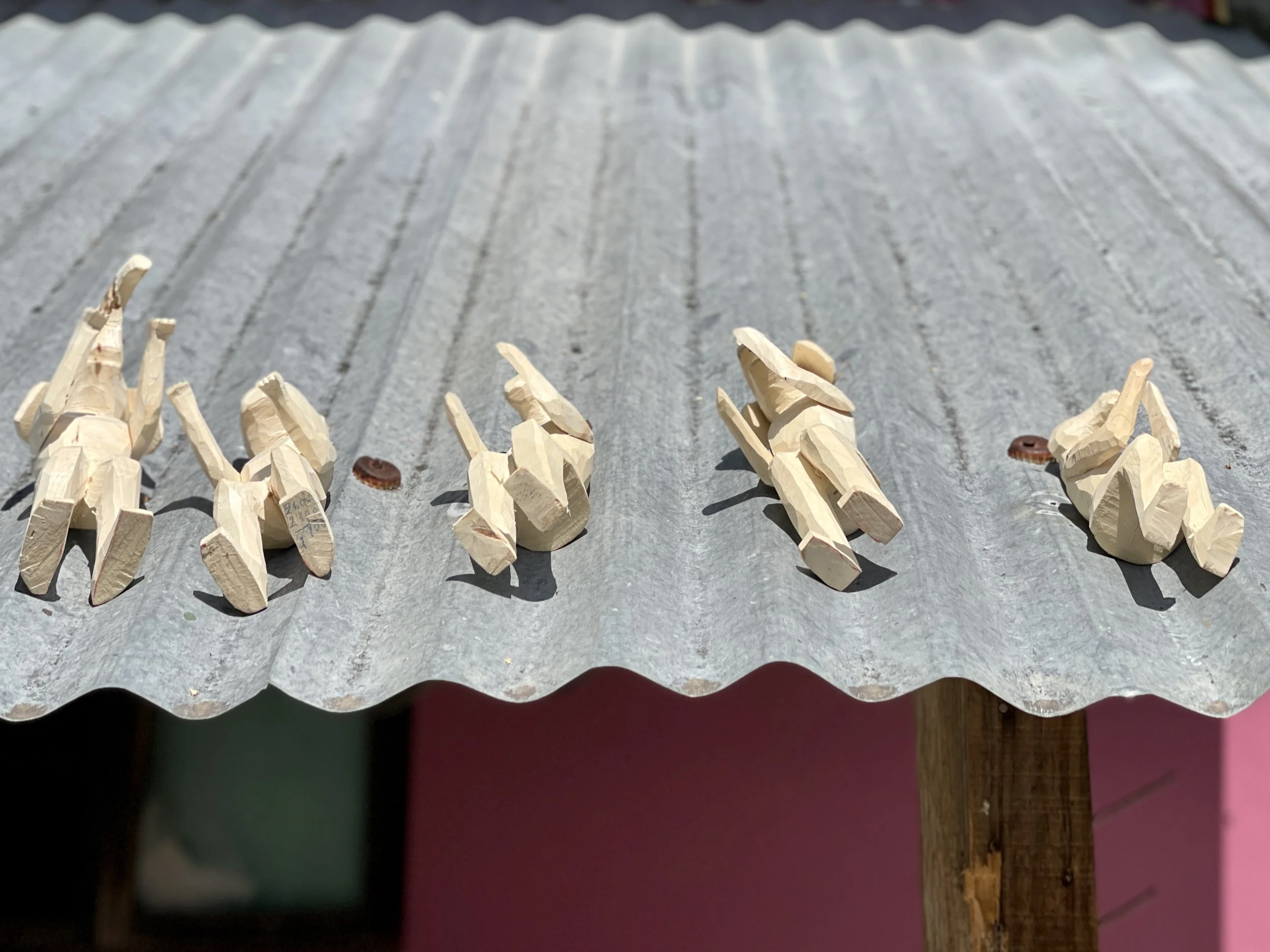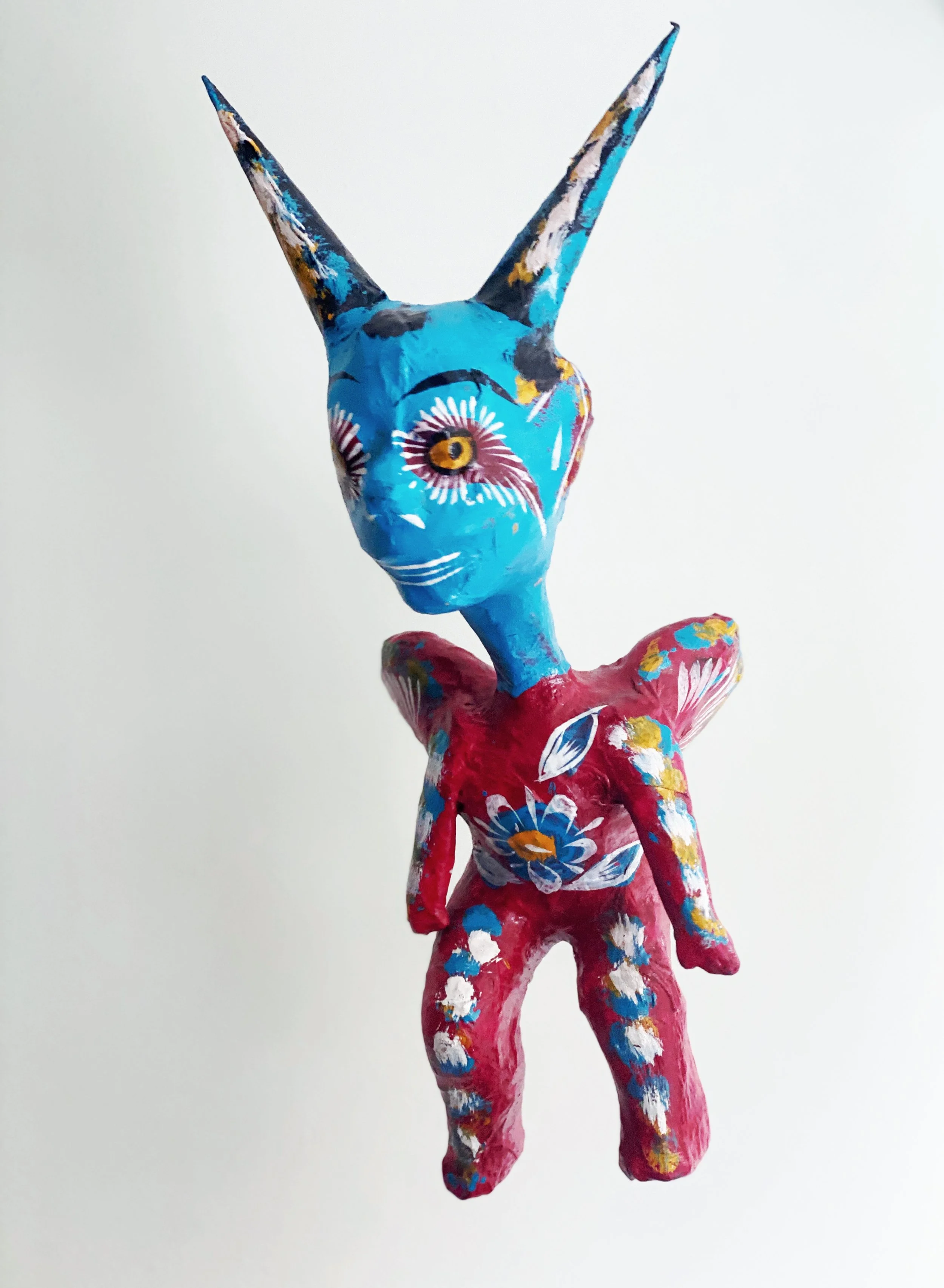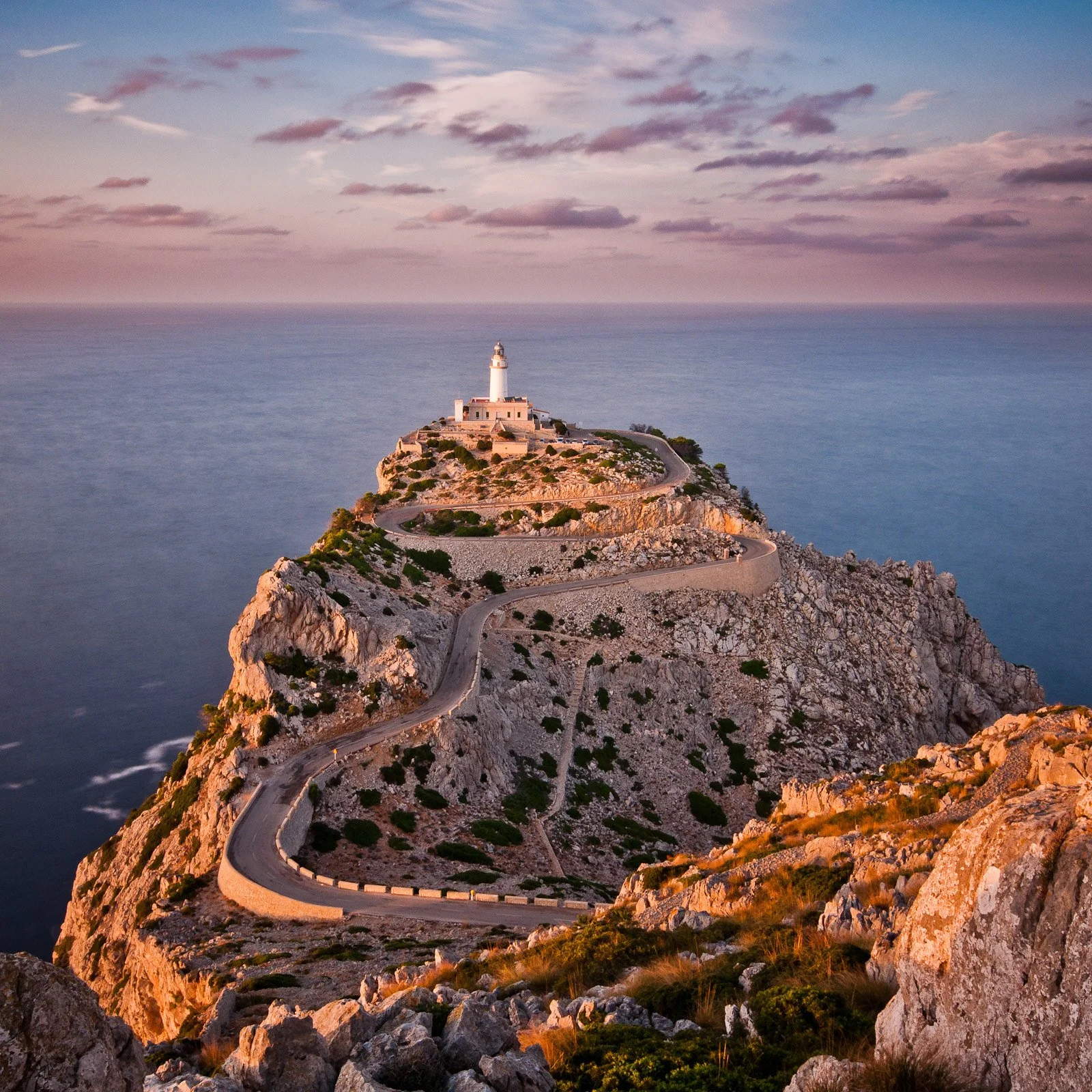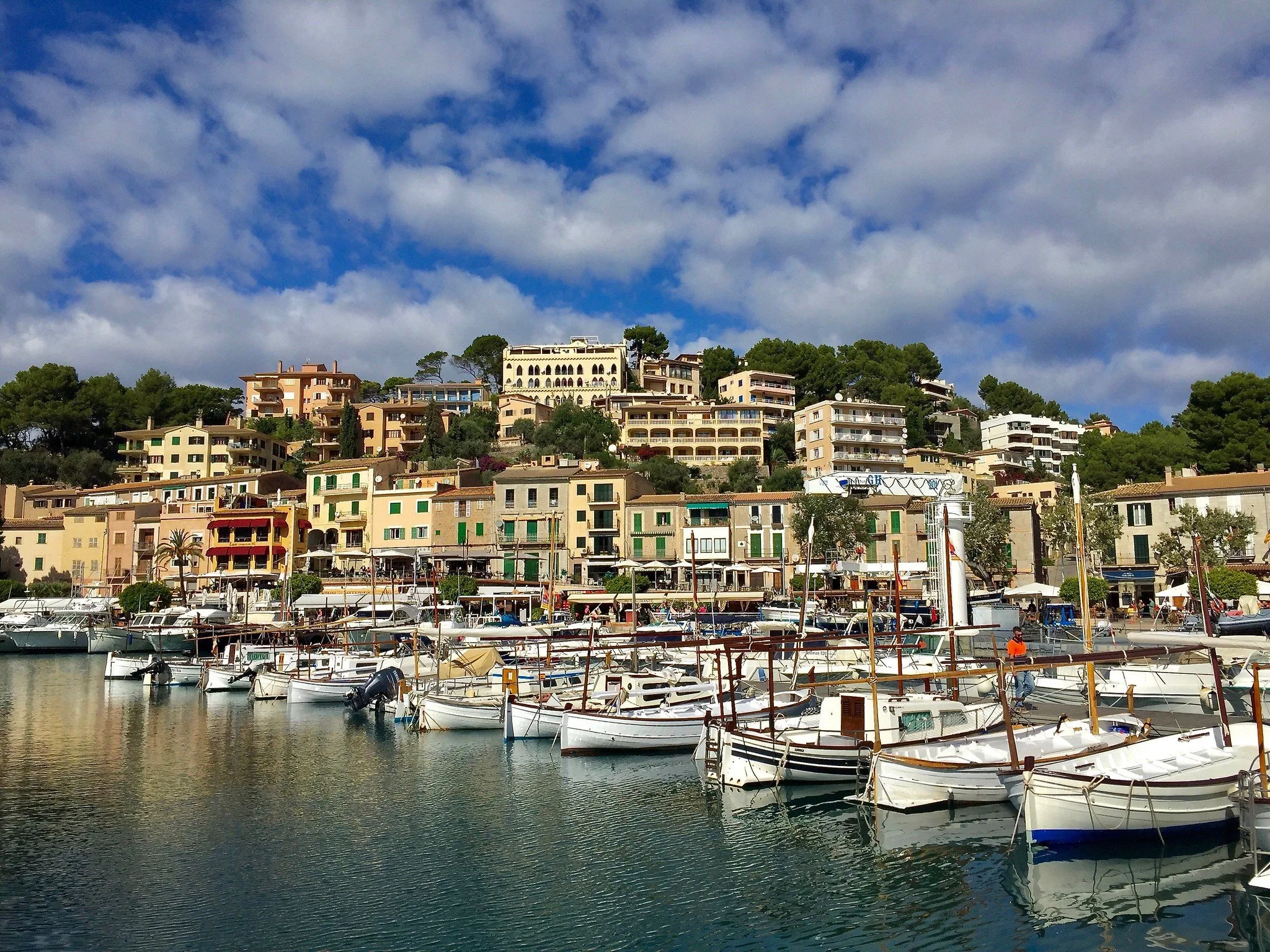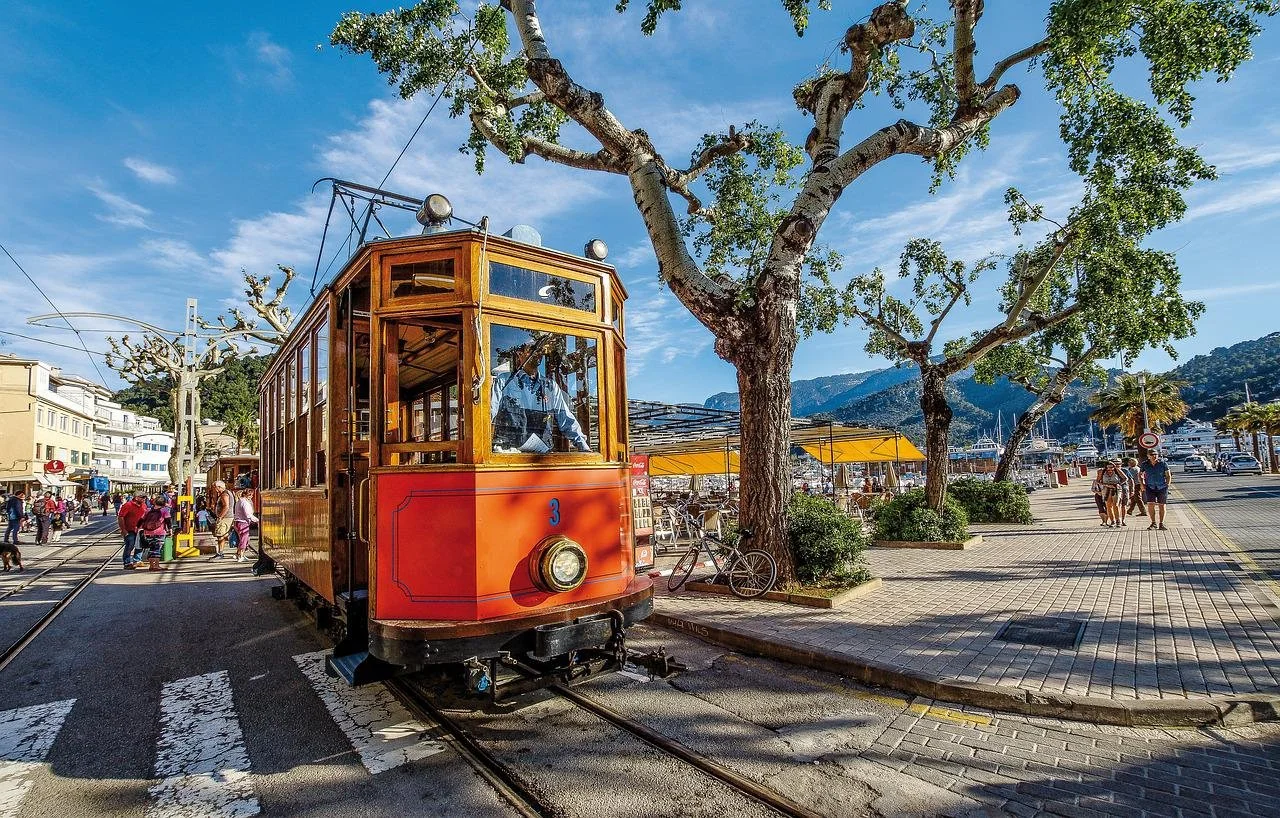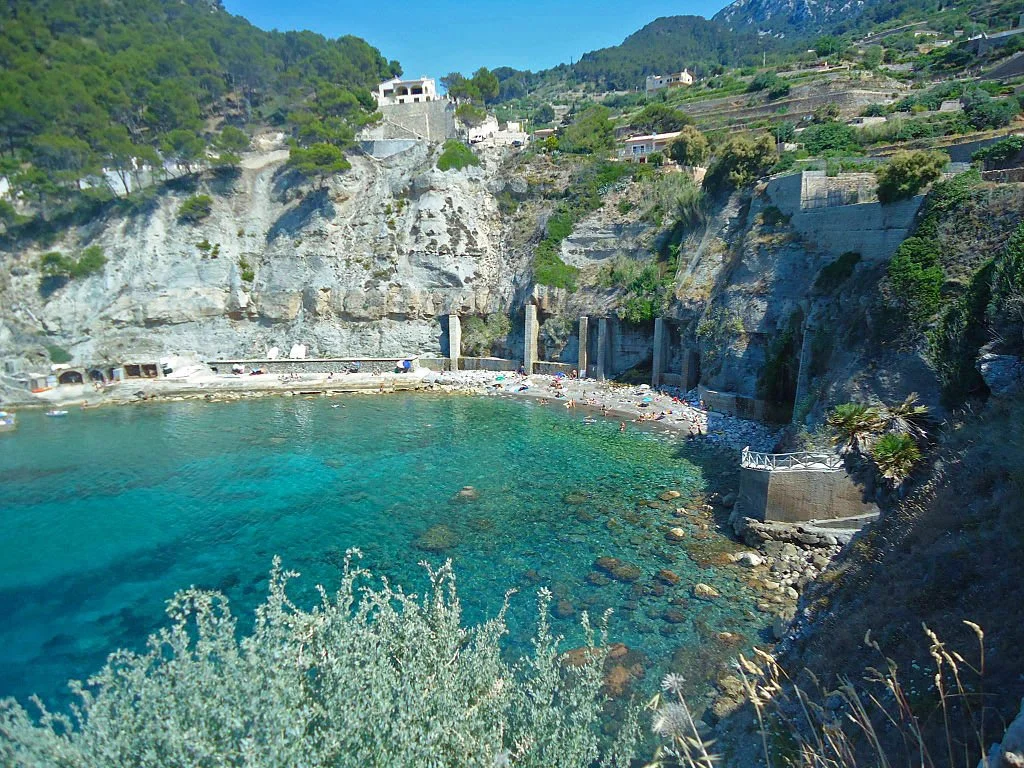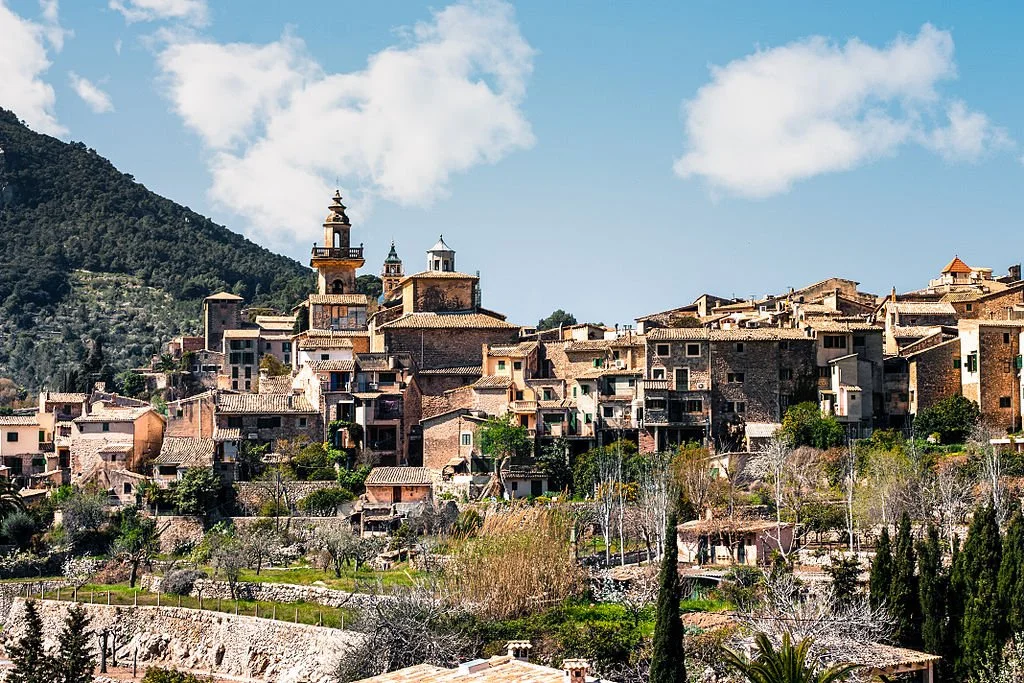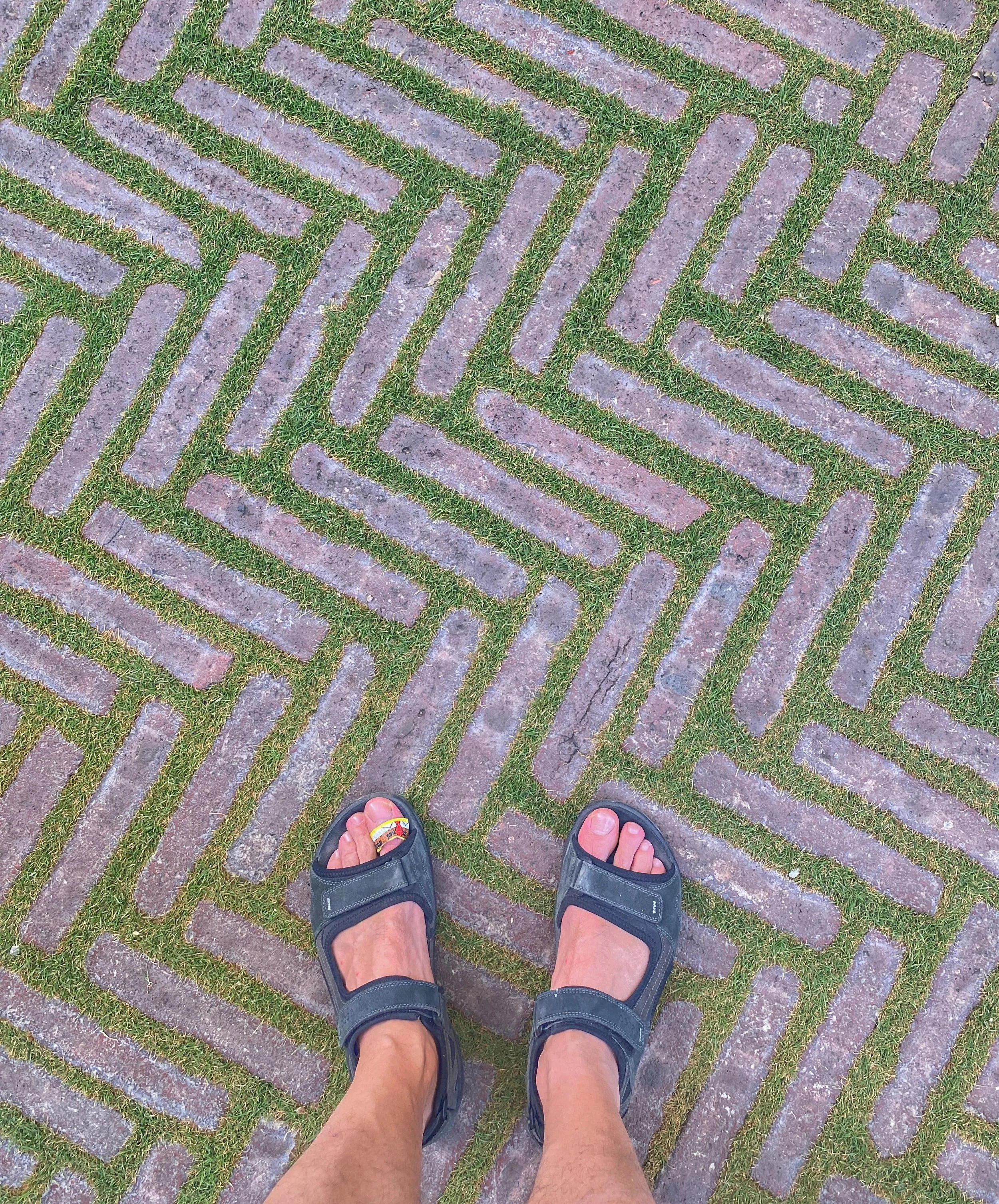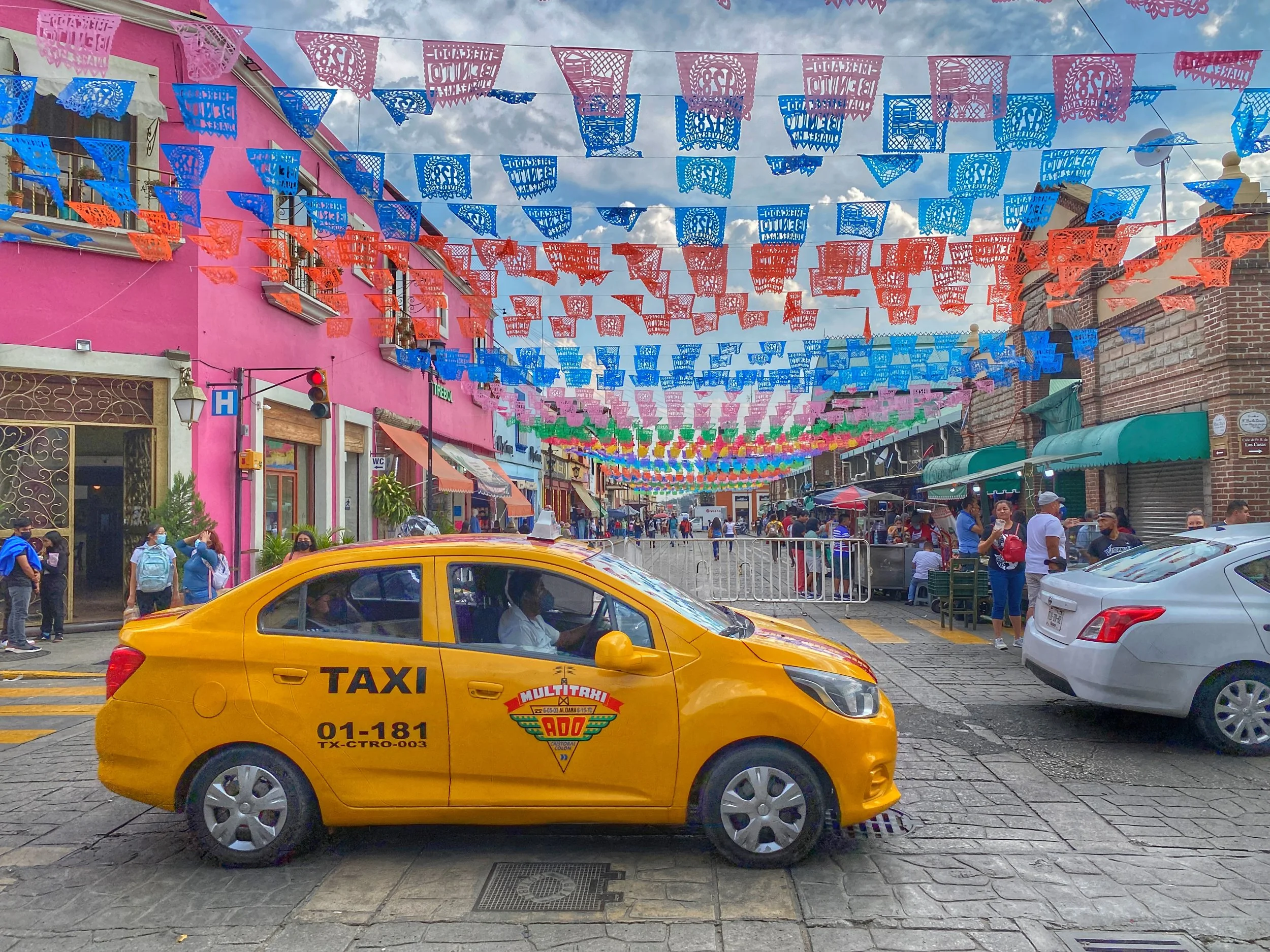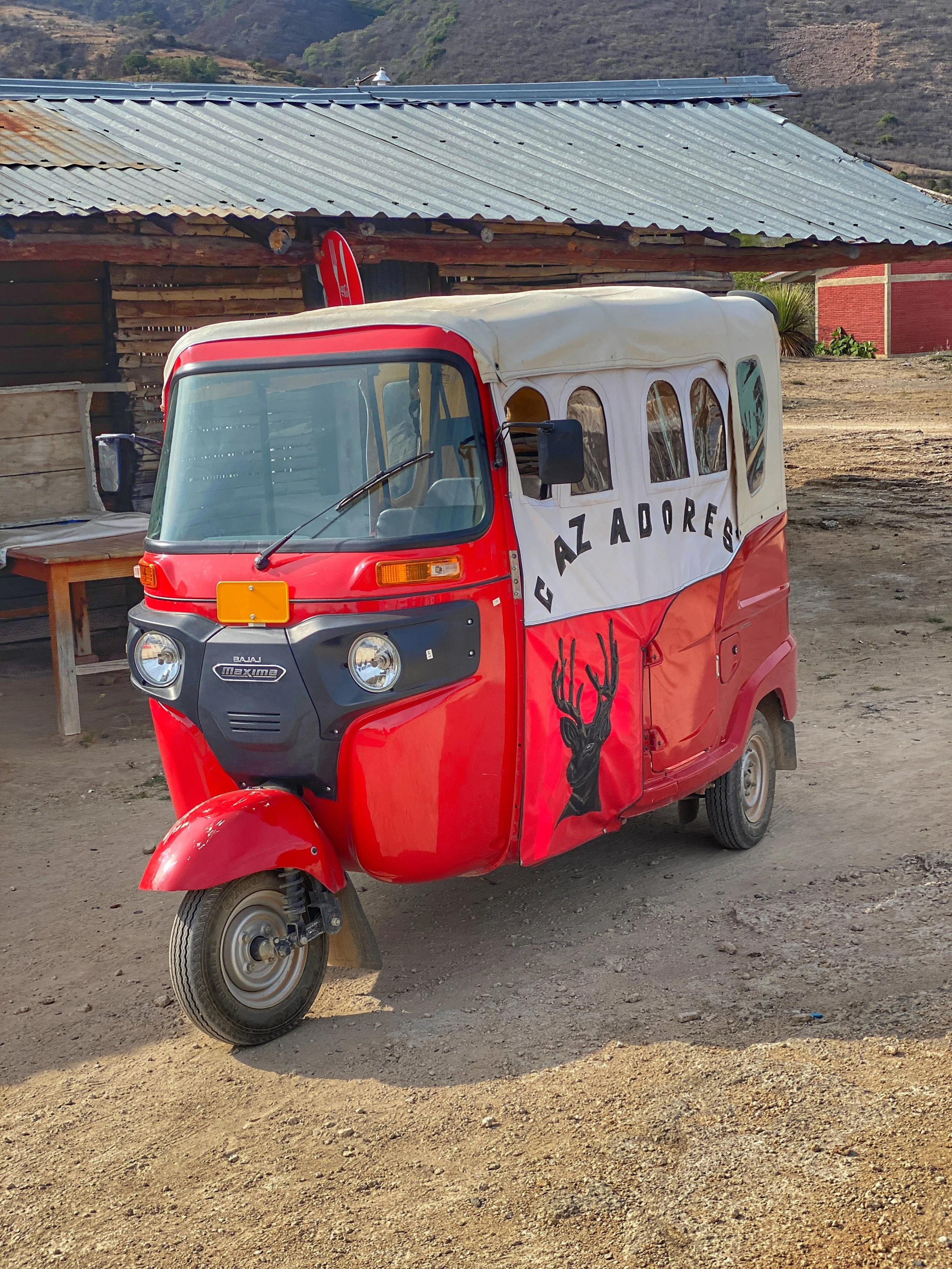Holy mole! The restaurant Hierba Dulce focuses on plant-based fare and takes traditional Oaxacan cuisine to the next level.
Most Americans are only familiar with mole negro and don’t even realize there are many varieties of the Mexican sauce.
Mole (pronounced moh-lay) is one of Mexico’s most complex and versatile sauces. And nowhere is that more in evidence than in the southcentral state of Oaxaca, famous for seven distinct types of moles.
If you’ve ever tried mole in the U.S., chances are it’s mole negro (black mole). This velvety, umber-colored sauce is a savory-sweet combination of dark chocolate, spicy chiles, nuts and spices usually served over enchiladas. Don’t get me wrong — I love me some chocolate, but mole can be so much more than that. There are numerous variations containing dozens of different ingredients, including chiles, garlic, spices, nuts and pepitas (pumpkin seeds), pulverized to a paste in a molcajete (a volcanic stone mortar and pestle). Tomatoes, tomatillos and water or broth are sometimes added, and many are slow-cooked to allow flavors to meld.
“ Don’t get me wrong — I love me some chocolate, but mole can be so much more than that. ”
The lightwood tables and modern chairs (not to mention that wall of cacti) take the Oaxacan restaurant Hierba Dulce up a notch.
Hierba Dulce’s Local, Organic Ingredients
On our trip to Oaxaca, we knew we wanted to try the seven different types of mole, and we had heard that there was no better place to do so than at Hierba Dulce. The women-run establishment opened in 2017 and was the first in Oaxaca de Juárez to feature an entirely plant-based menu. Using traditional cooking and fermentation methods as a foundation, the restaurant began as a conversation among the founders of its sister project, Pochote Press. Their goal was to create a welcoming, inclusive culinary concept where they could offer accessible, nutritious, unprocessed fare to the local community.
As Hierba Dulce began to flourish, Pochote Press moved out of the space. The restaurant uses organic ingredients, working strictly with small local farmers, and its dishes are made without processed oils, refined sugars or animal byproducts like asiento (lard). This setup helps provide a lifeline for these producers, who value genetic diversity over mass production.
The restaurant is run by chef Mayora Georgina Cruz, and is tucked away in the open-air walled courtyard of a colonial-era house not far from the city center of Oaxaca de Juárez. Its name is the Spanish version of tzopelic xihuitl in Náhuatl, an indigenous language of the region, translating to “sweet herb.”
This was the first place we dined at during our stay in Oaxaca. We arrived around 6 and were seated shortly after. The centerpiece of the courtyard was a tiled fountain with an image of the Virgin of Guadalupe. This was adorned with strands of brightly colored woven palm leaf garland anchored by a straw flower arrangement that put me in a festive mood.
The gorgeous fountain at Hierba Dulce, with the Virgin of Guadalupe, colorful garlands and bright straw flowers
Hierba Dulce is women-run and focuses on unprocessed, local ingredients. The dinnerware, with its distinctive blackened spots, are from the nearby village of Santa María Atzompa and were handmade by Maestra Josefina Zárate.
To start, we each ordered Oaxaqueños, a cocktail made with the restaurant’s tepache and cachaça, a distilled spirit made from fermented sugarcane juice. At first, neither one of us thought it was that strong — until we finished it. They packed a surprisingly strong punch, and neither of us needed to order a second.
The Oaxaqueño, a cocktail made with tepache and cachaça, packed a surprising punch.
Wally and I opted for the mole tasting for two, which featured the seven most famous types of Oaxacan moles.
Dinner kicked off with a salsa verde and a roja.
As an appetizer, we were served a complimentary pair of salsas: a green one made with miltomate (tomatillo), serranos, avocado and cilantro, and a red one with smoked pasilla, morita and chile de árbol with miltomate. These were accompanied by housemade tostadas, crisp corn tortillas made with heirloom maíz, on a comal (a round, flat griddle).
Try a sampler of the seven moles of Oaxaca and rate them as you go. Our fave was rojo, while verde came in last.
The 7 Moles of Oaxaca
Mole comes from the Nahuatl word molli, or “sauce.” This traditional, multilayered sauce typically begins with a base of dried or fresh chiles, seasoned with wild endemic herbs, vegetables and other ingredients. Cooking times vary by type; some come together quickly and can take as little as a few hours, while others take days to prepare.
No two moles are alike. Recipes vary from region to region, from village to village, from family to family. All are slightly different, depending on who’s making it. The ones served at Hierba Dulce are Cruz’s recipes, adapted and tweaked into versions made without oil or refined sugar.
We found that tortillas weren’t the best vehicle to serve with these moles — the sauce oozed out and made for a messy meal.
1. Amarillo / Yellow
Yellow chilhuacle, costeño and smoky-sweet guajillo chiles, spices, hoja santa (literally “sacred leaf” — a heart-shaped leaf with a slight peppery taste) combine with white beans to make an ochre-colored, mildly spicy mole.
2. Verde / Green
This was the only mole of the seven that didn’t contain dried chilis (perhaps that’s why it was our least favorite). Its bright green color comes from miltomates, serranos, cilantro and epazote (a pungent herb with a flavor between tarragon and anise).
3. Almendrado / Almond
This mole is made with guajillo and ancho chiles, heirloom tomatoes, almonds, oregano and cinnamon.
4. Chichilo
Intense and smoky, with pasila, mulato, guajillo and black chilhuacle chiles, garlic and onion, the addition of dry-roasted avocado leaves lend a subtle licorice flavor.
5. Estufado
Olives, almonds, miltomates, tomatoes, onion, capers, perejil (parsley) and cinnamon combine in this version.
6. Rojo / Red
This thick, brick-red sauce was the spiciest of the seven moles and used ancho chiles, pasilla chiles, garlic, onion, tomatoes, peanuts and dark chocolate. It was our fave.
7. Negro / Black
The most labor-intensive of the moles, this one contains chilhuacle negro, mulato, pasilla, ancho, guajillo and chipotle chiles, plantains, and dark, bitter chocolate. The charred seeds of the chilhuacle negro give this mole its signature depth of color and flavor. Wally thought it was so sweet compared to the others, it practically worked as a dessert course.
Most moles are made with chiles, herbs, tomatoes — and some even have chocolate.
Getting Sauced
Moles are often served over rice, chicken or pork. Ours came with corn tortillas that were made moments before on a nearby comal in the corner of the courtyard. Most of the sauces were soupy, resulting in a messy dining experience. Perhaps we should have tried the mole sampling that comes with mushrooms. And after trying a few different varieties, it was difficult to really appreciate the subtle differences between the seven — though maybe that was because of the buzz we felt from the Oaxaqueños.
Either way, we admired how Cruz has reinterpreted traditional ingredients in a sophisticated way. –Duke
Wally and Duke pose by the back wall of the Hierbe Dulce courtyard, which is lined with cacti known as Mexican fence posts.
Hierba Dulce
Calle Porfirio Díaz 311
Ruta Independencia
Centro
68000 Oaxaca de Juárez
Oxaca
Mexico

